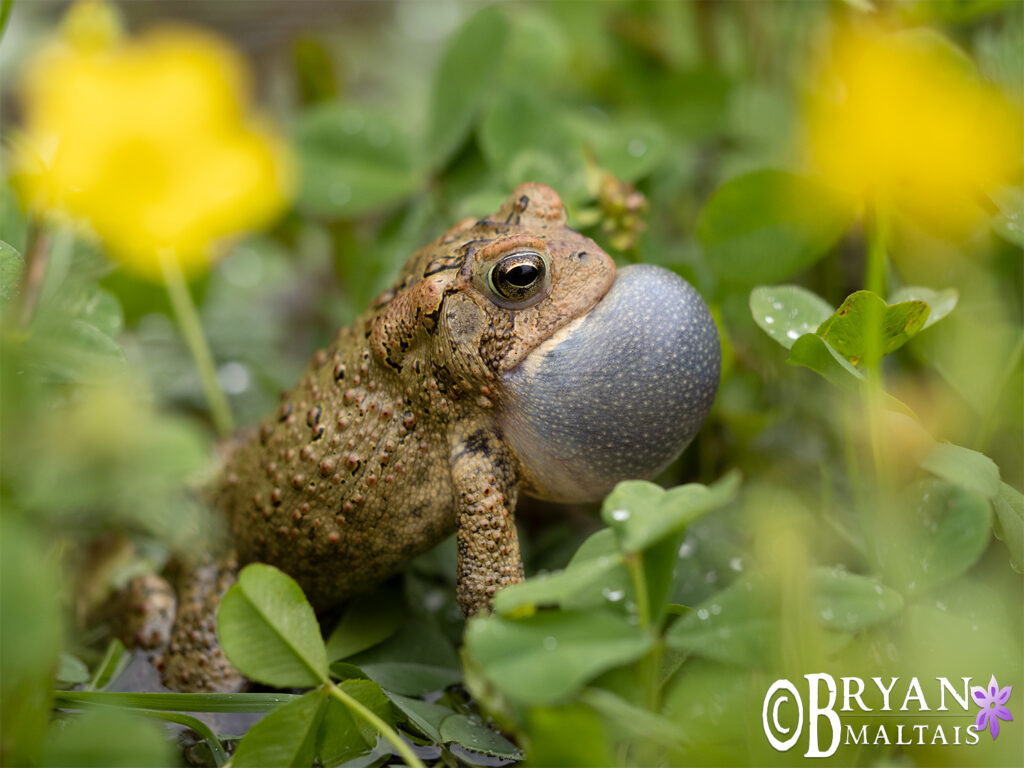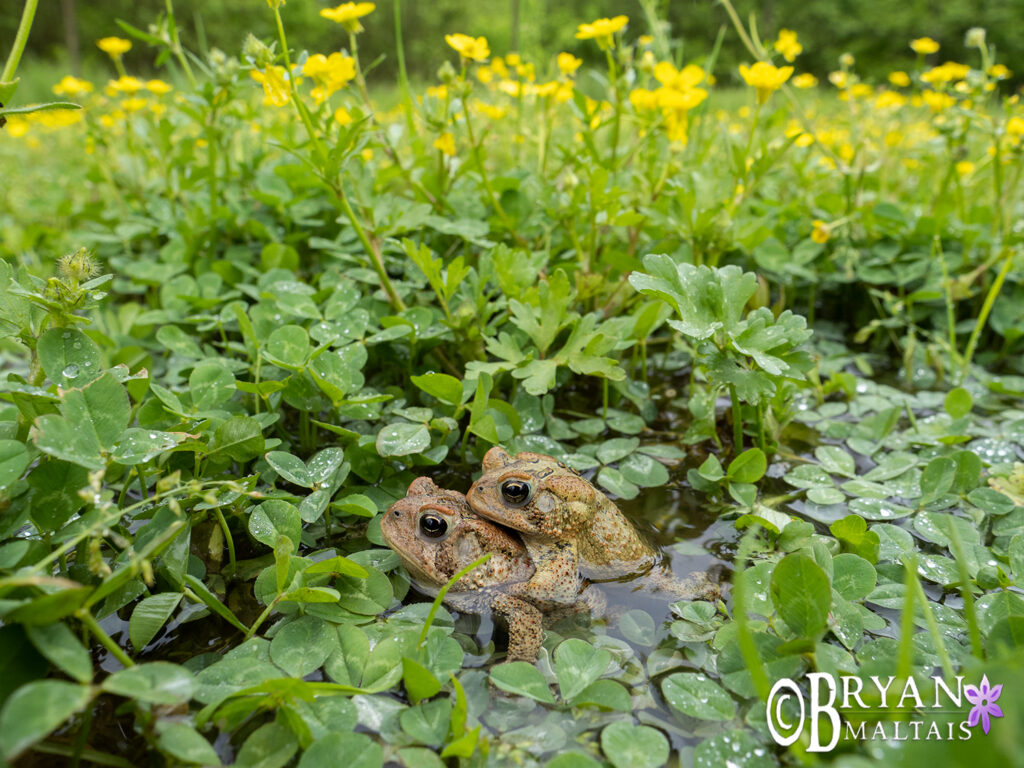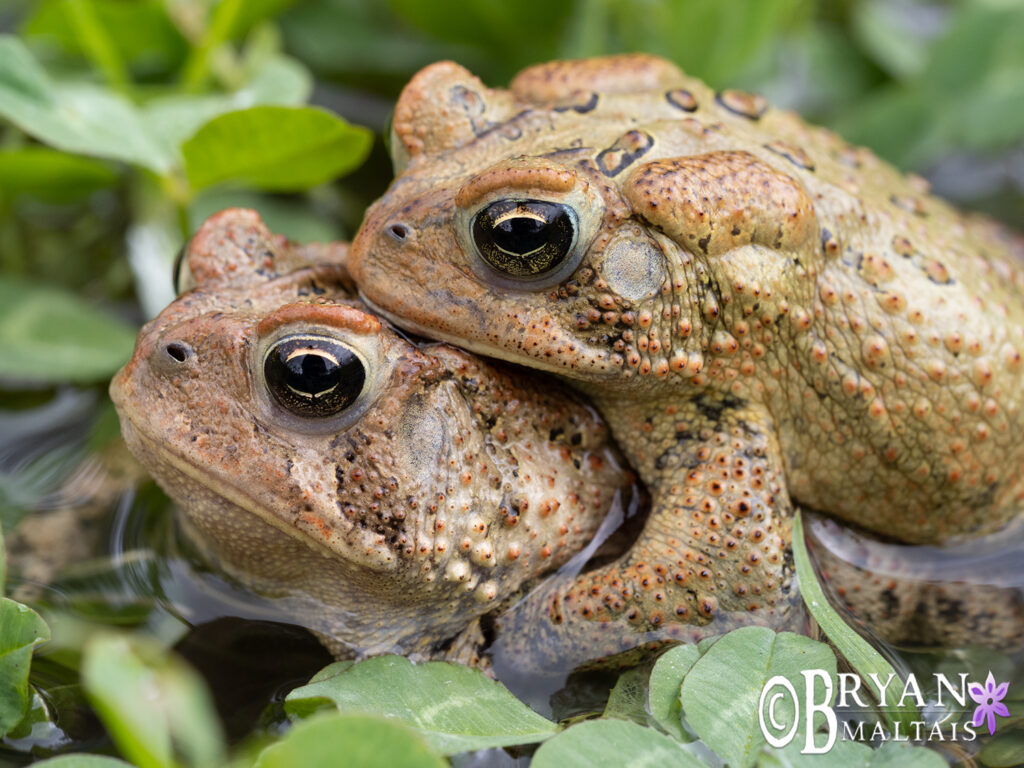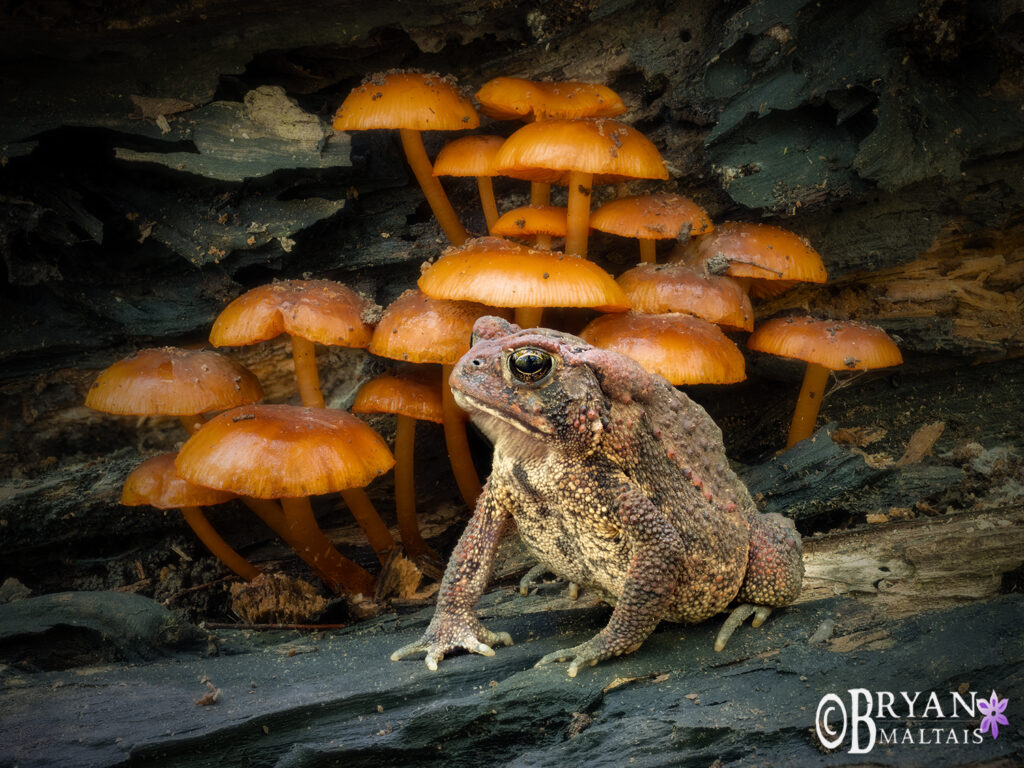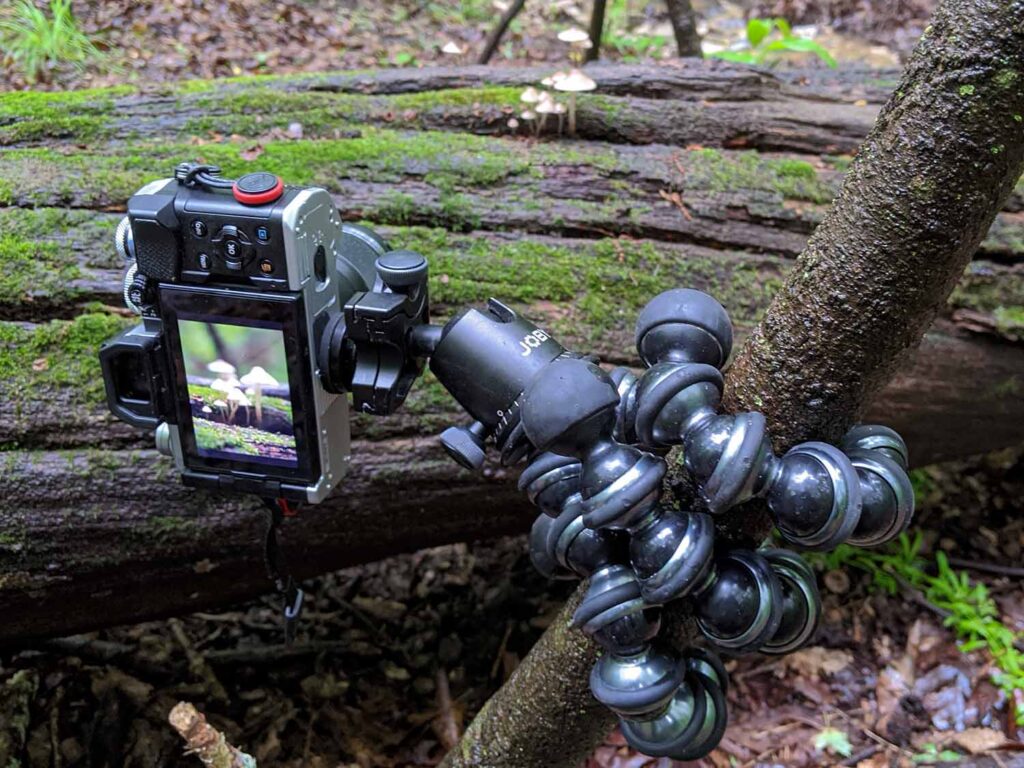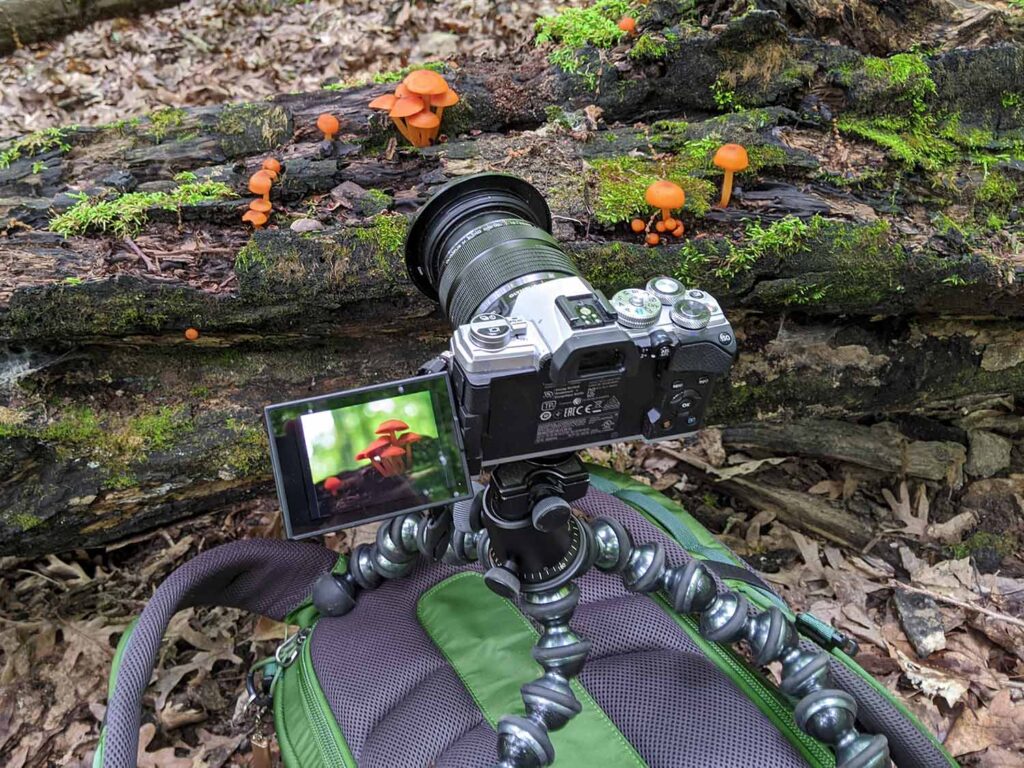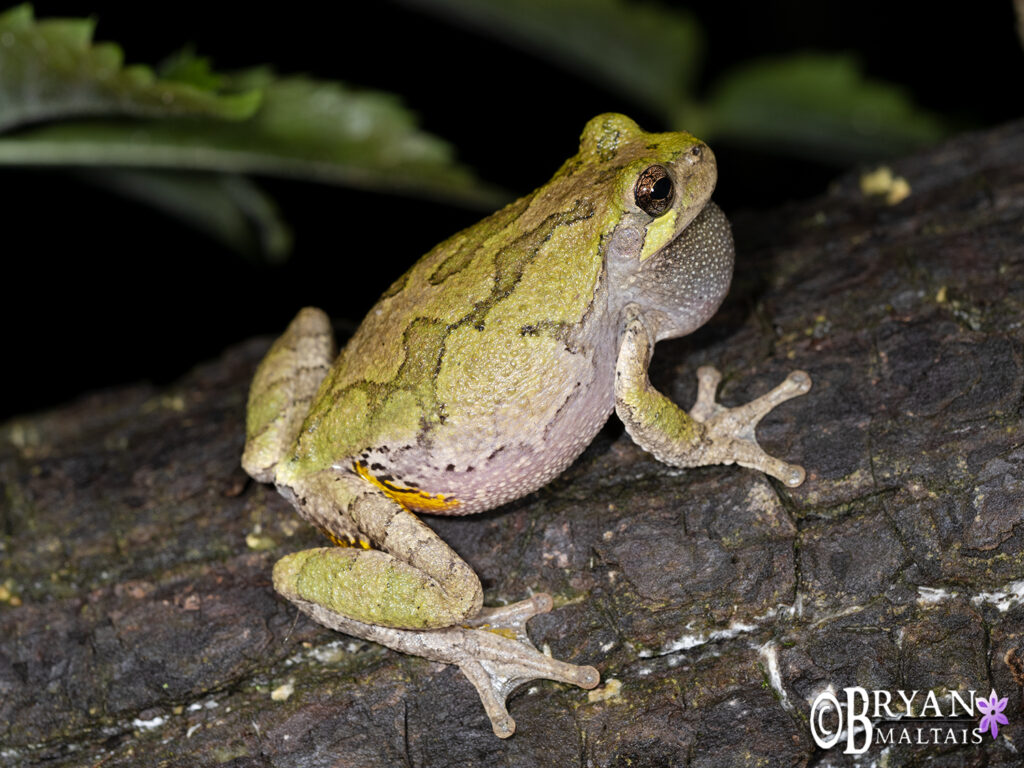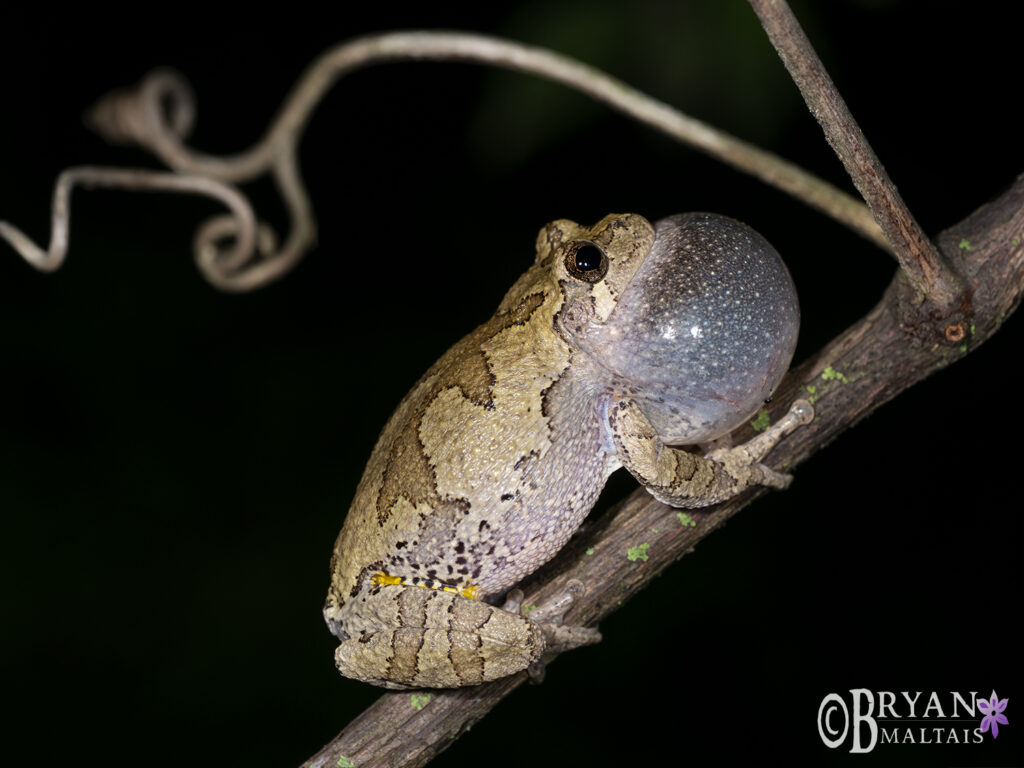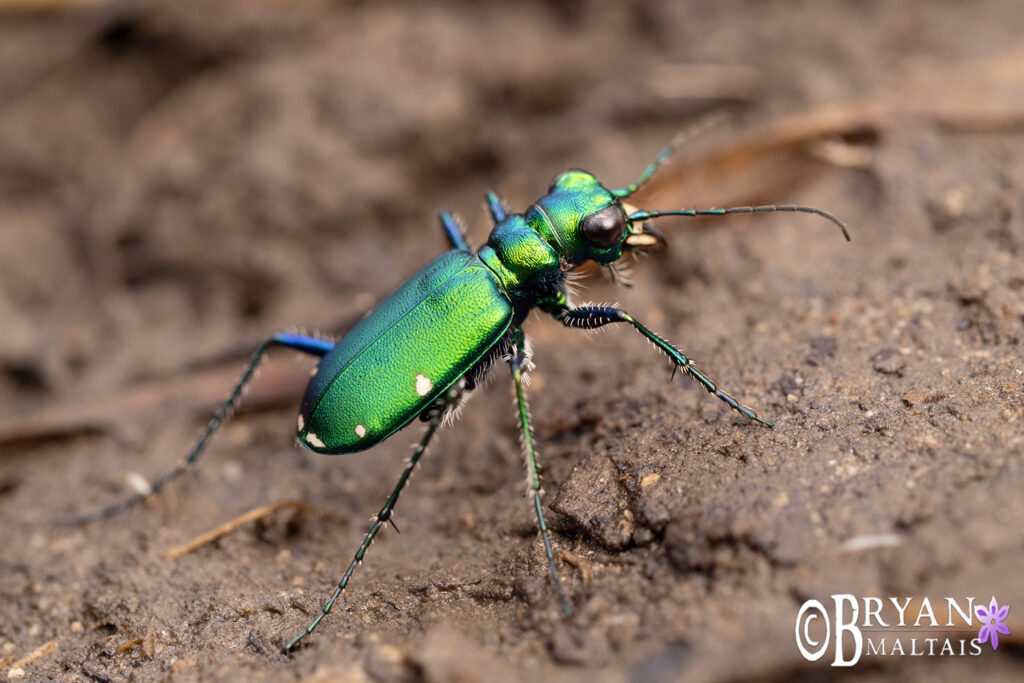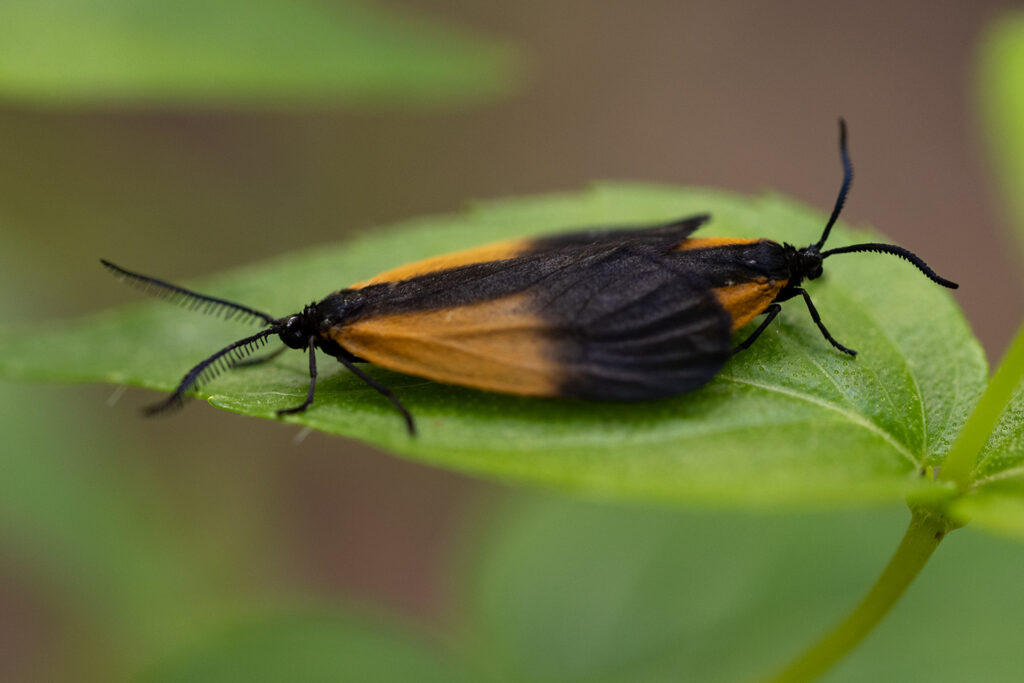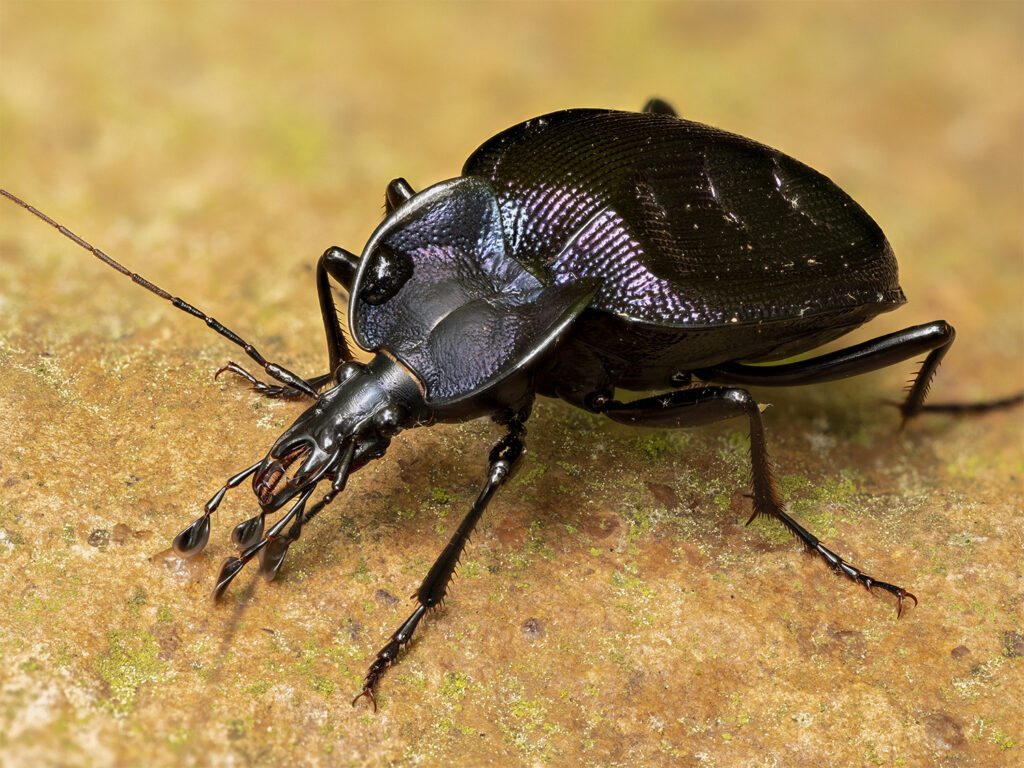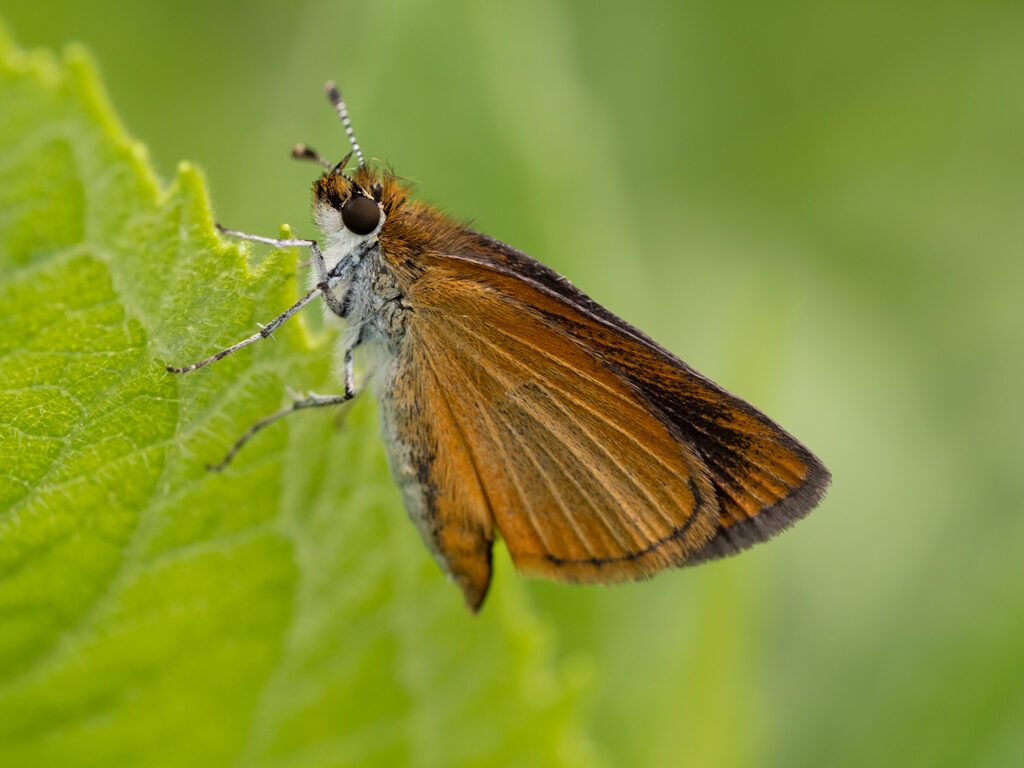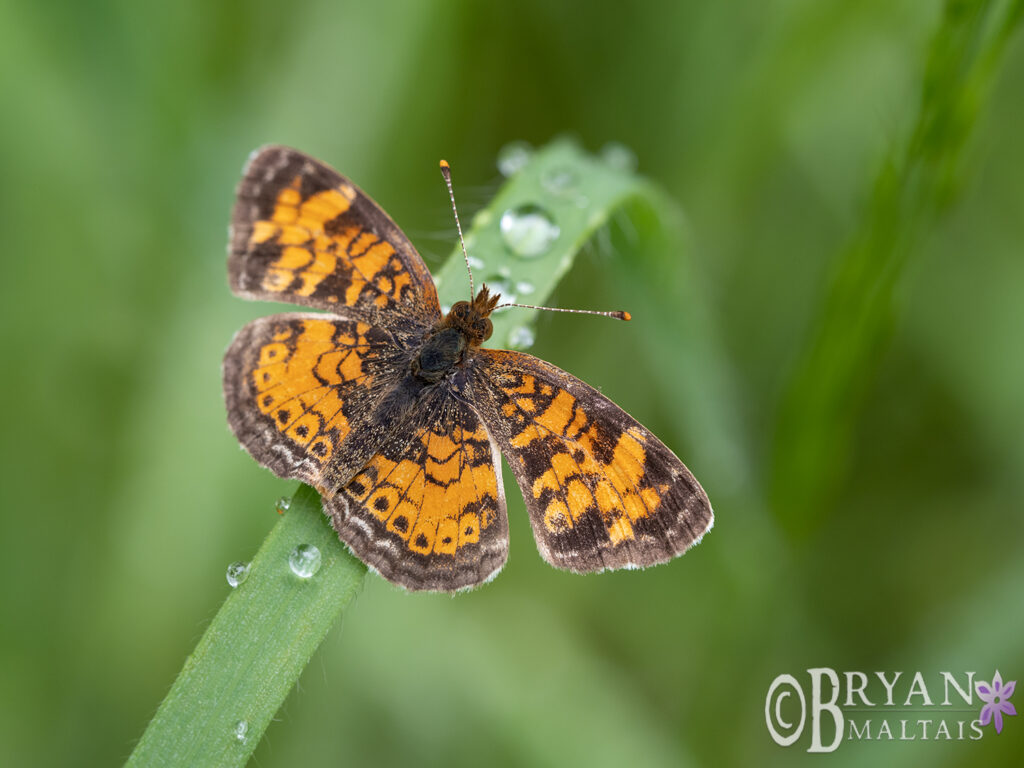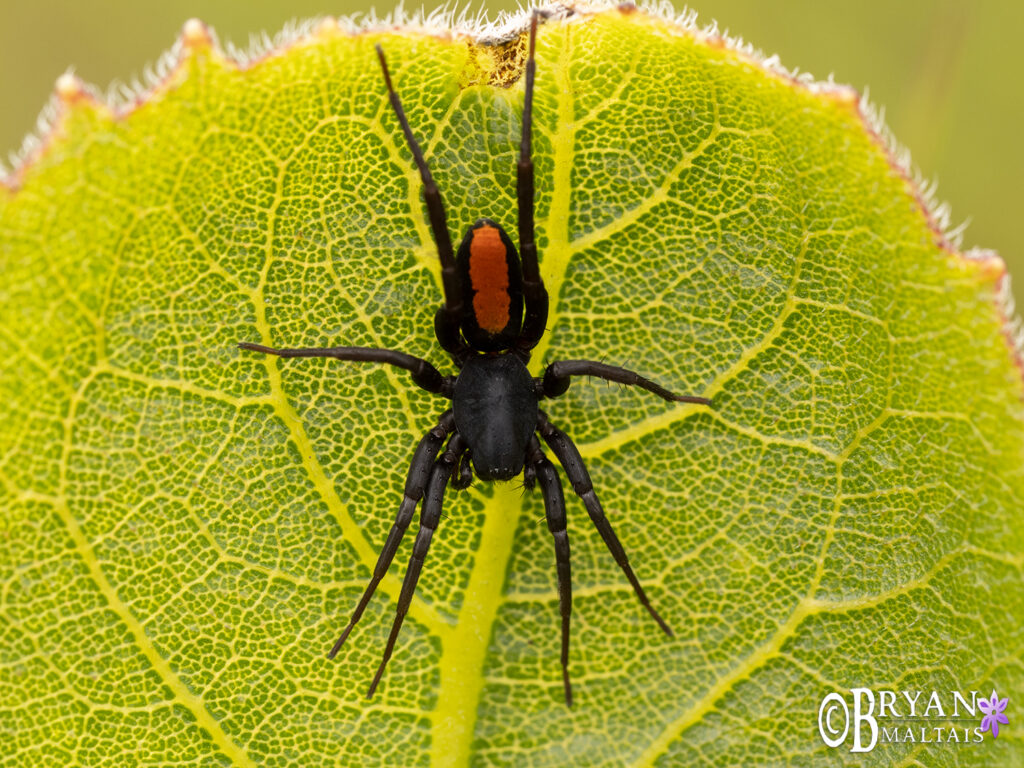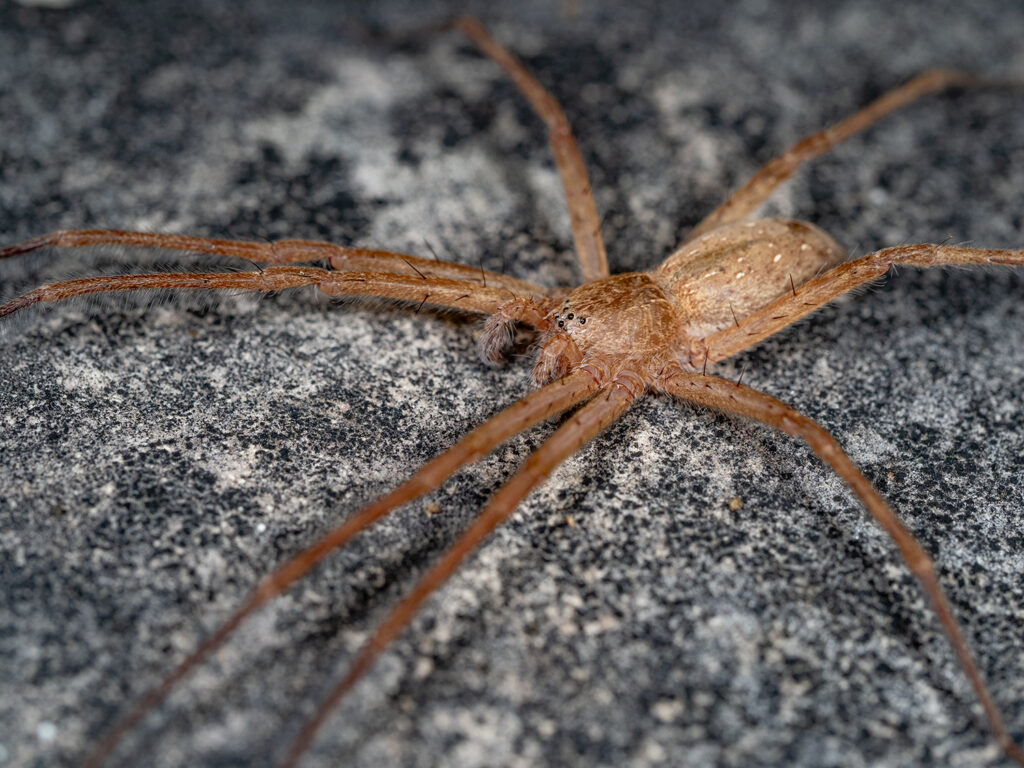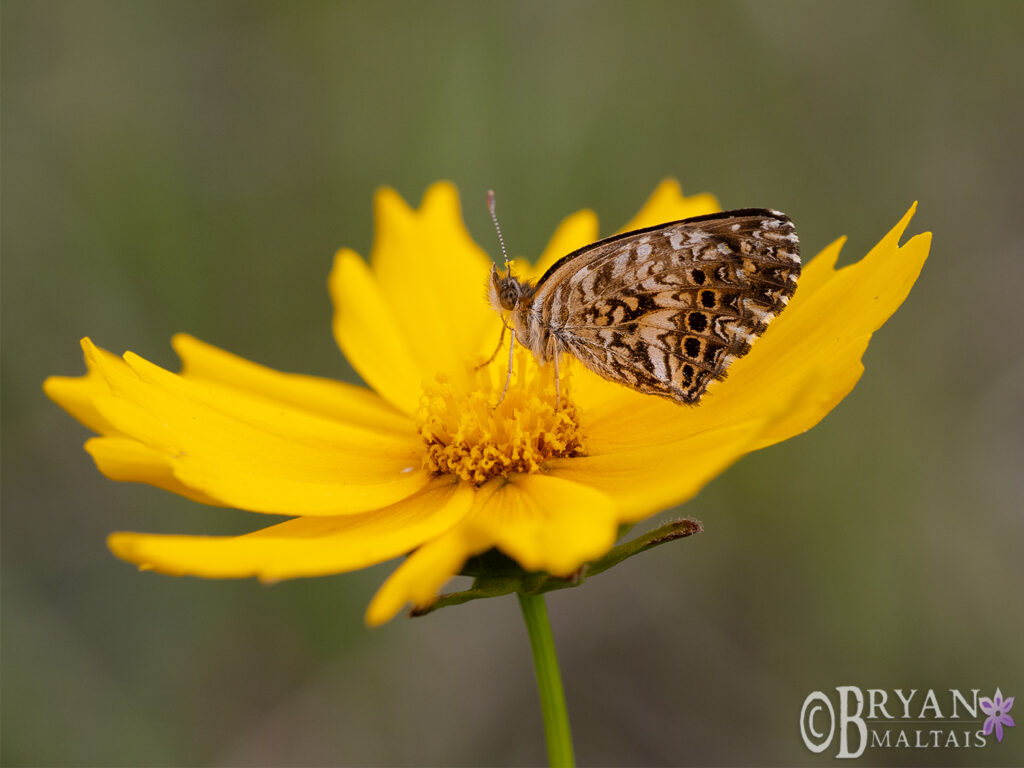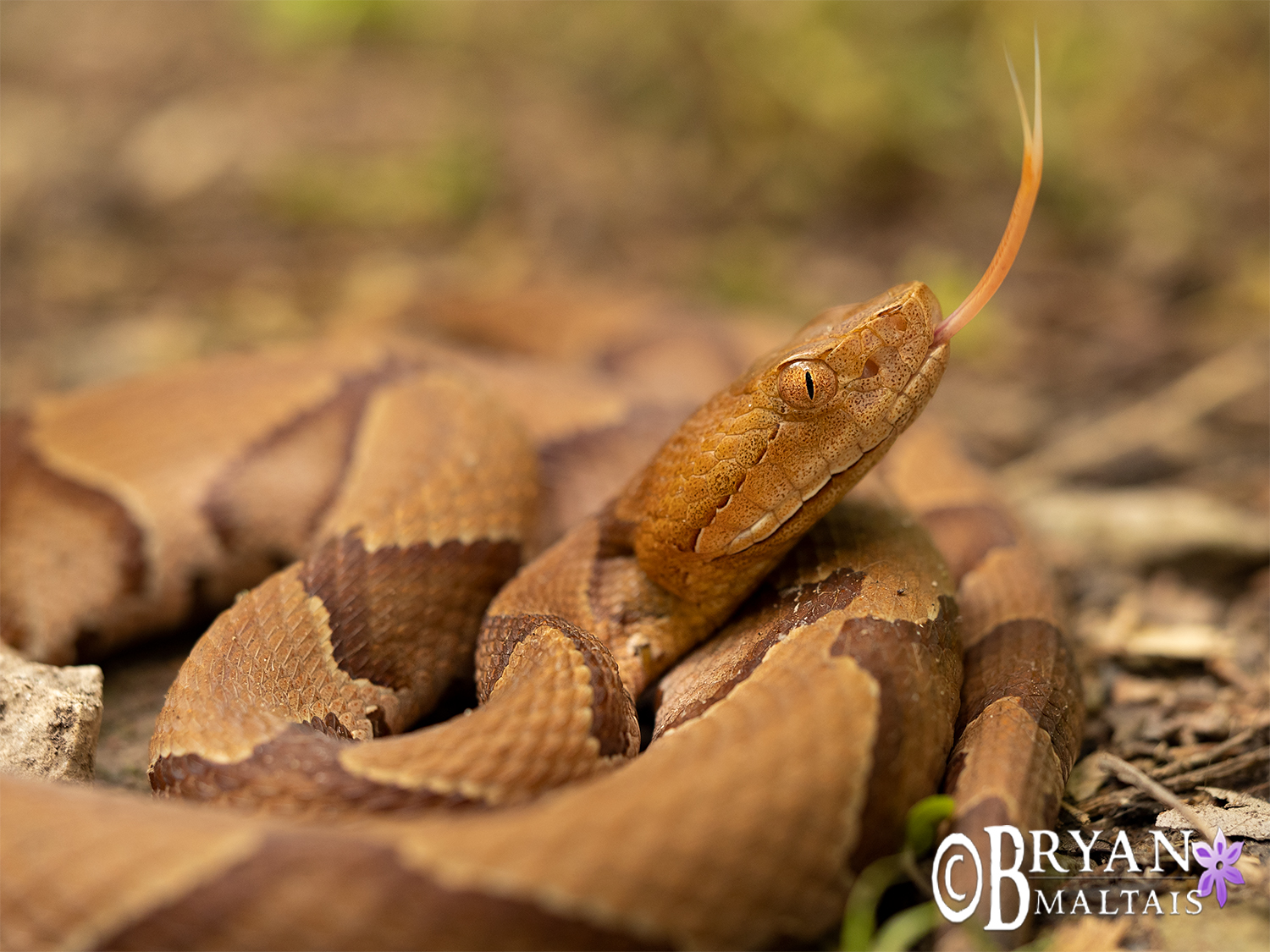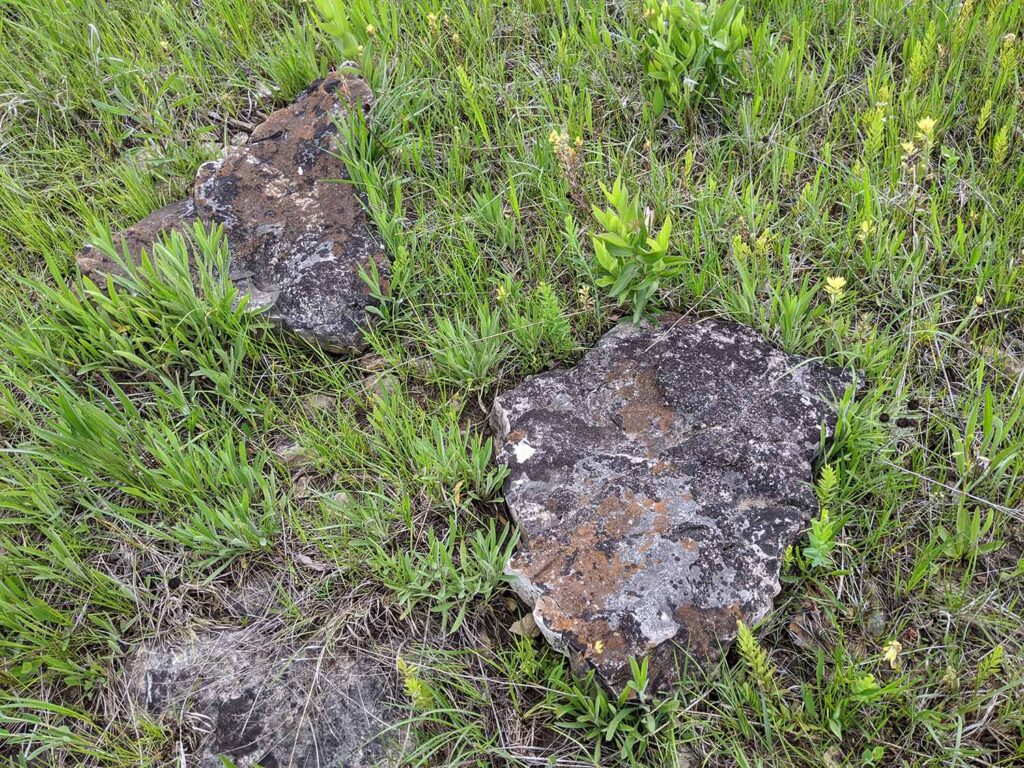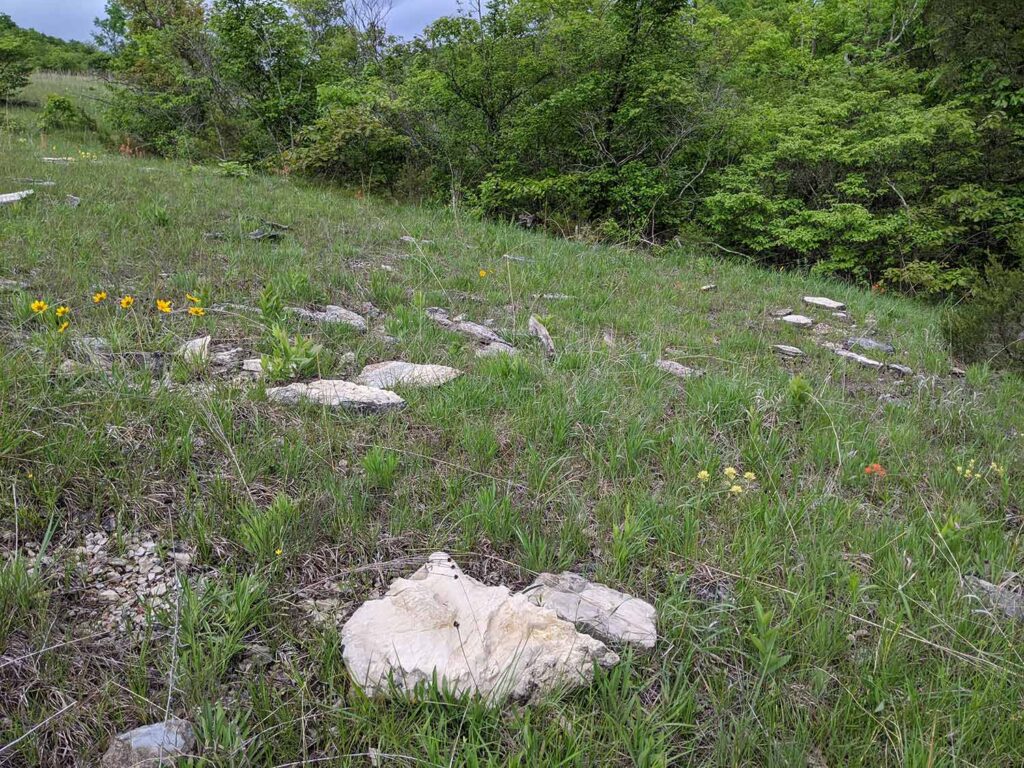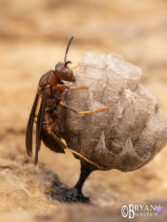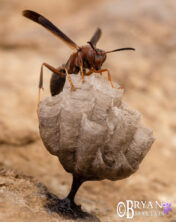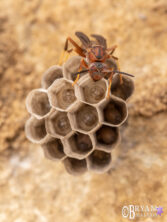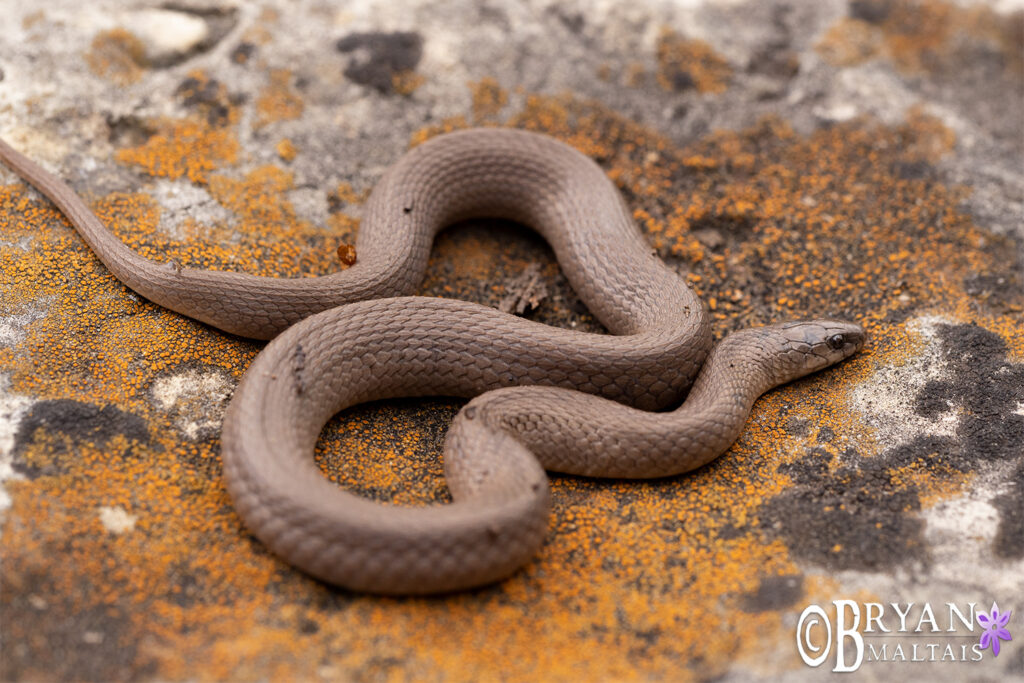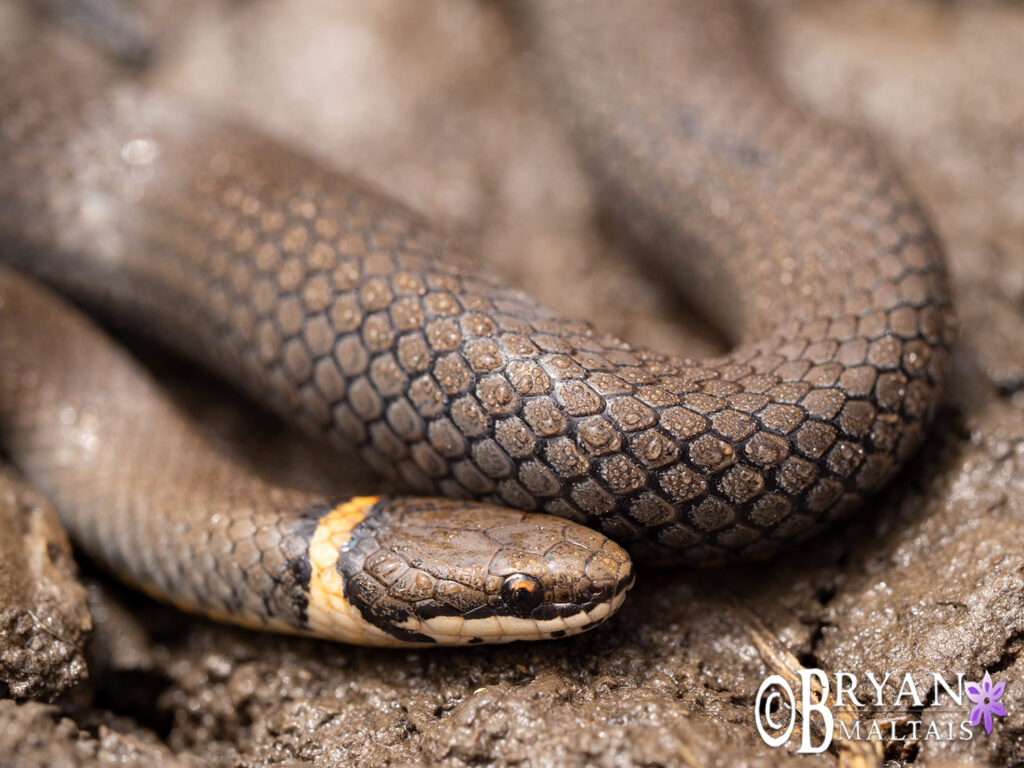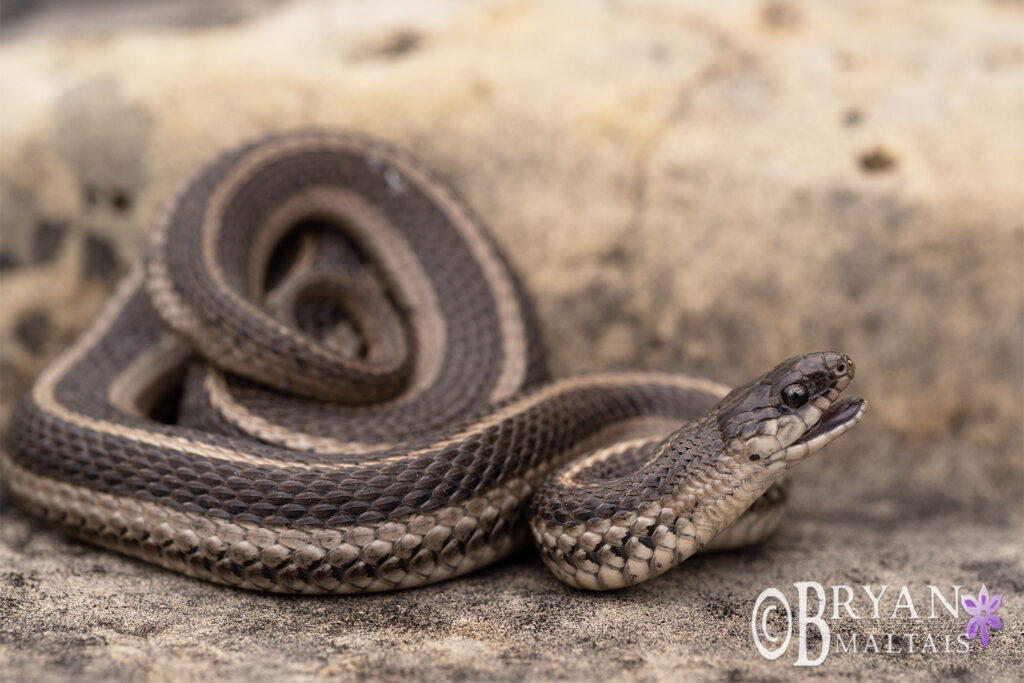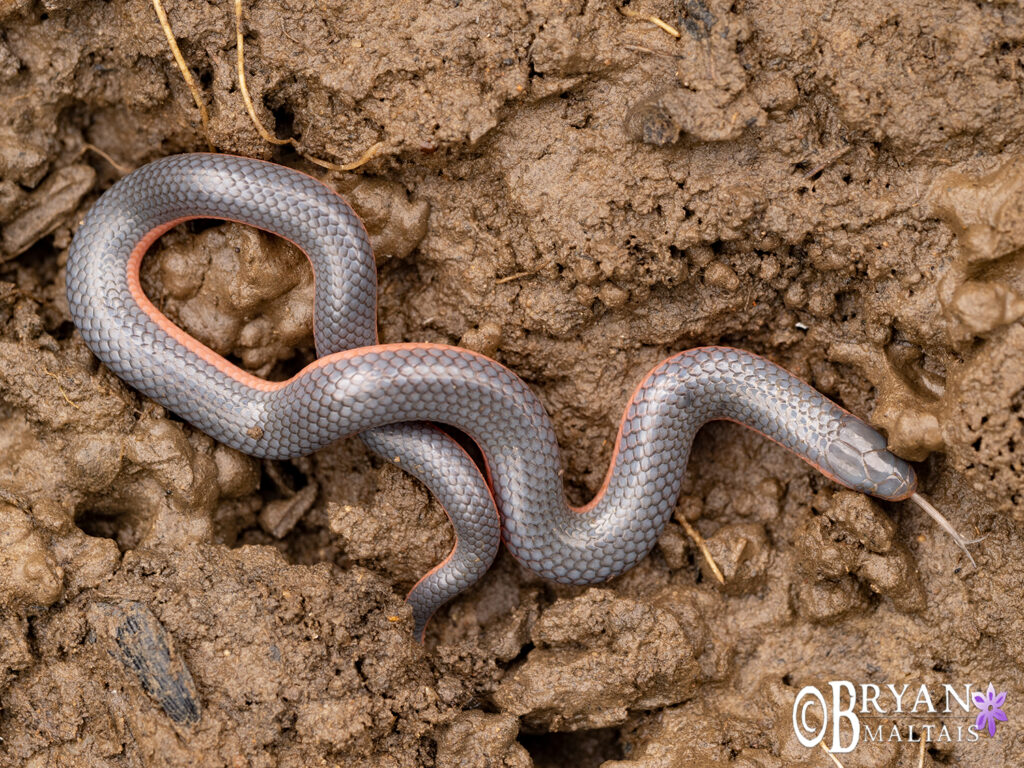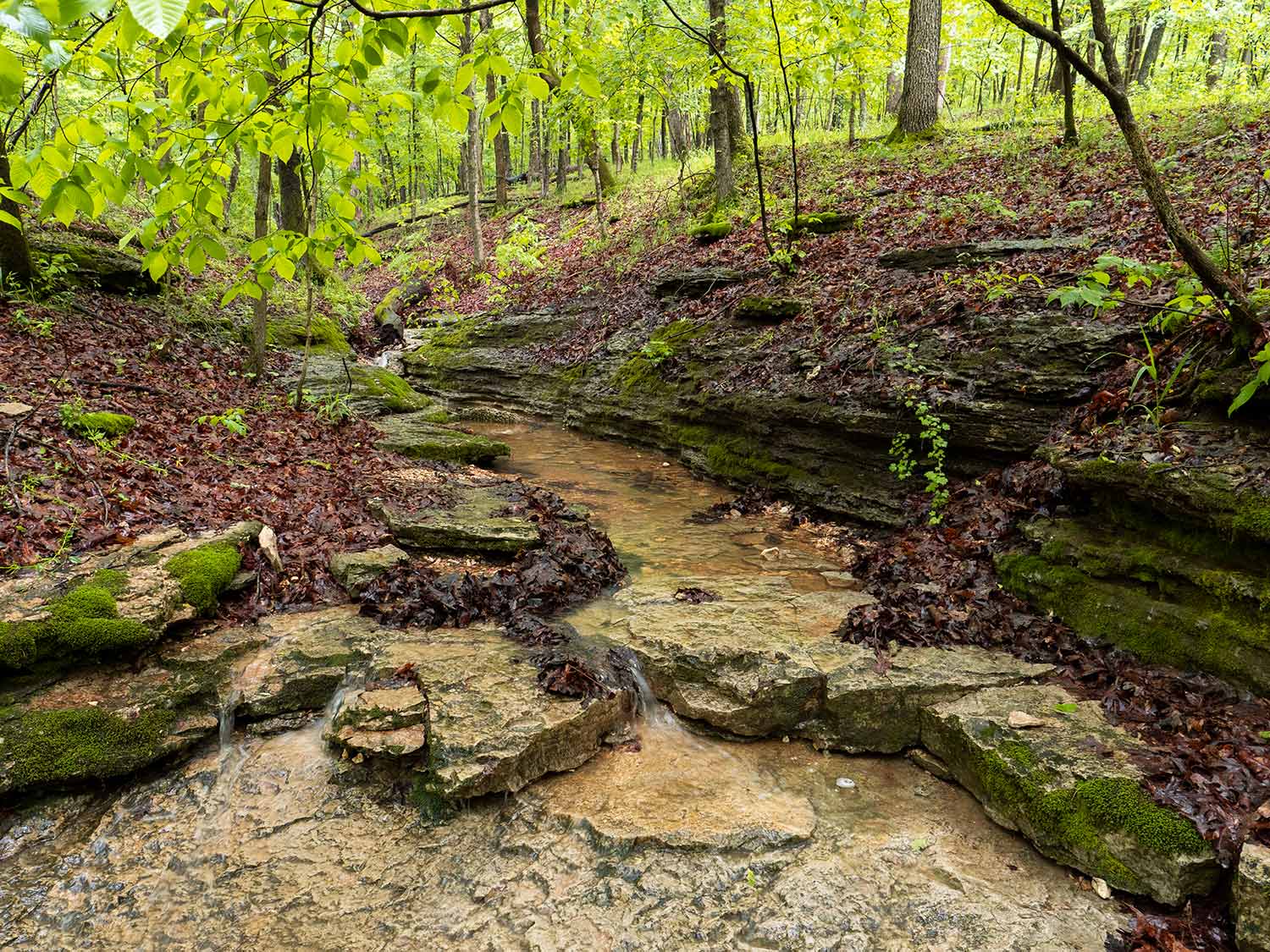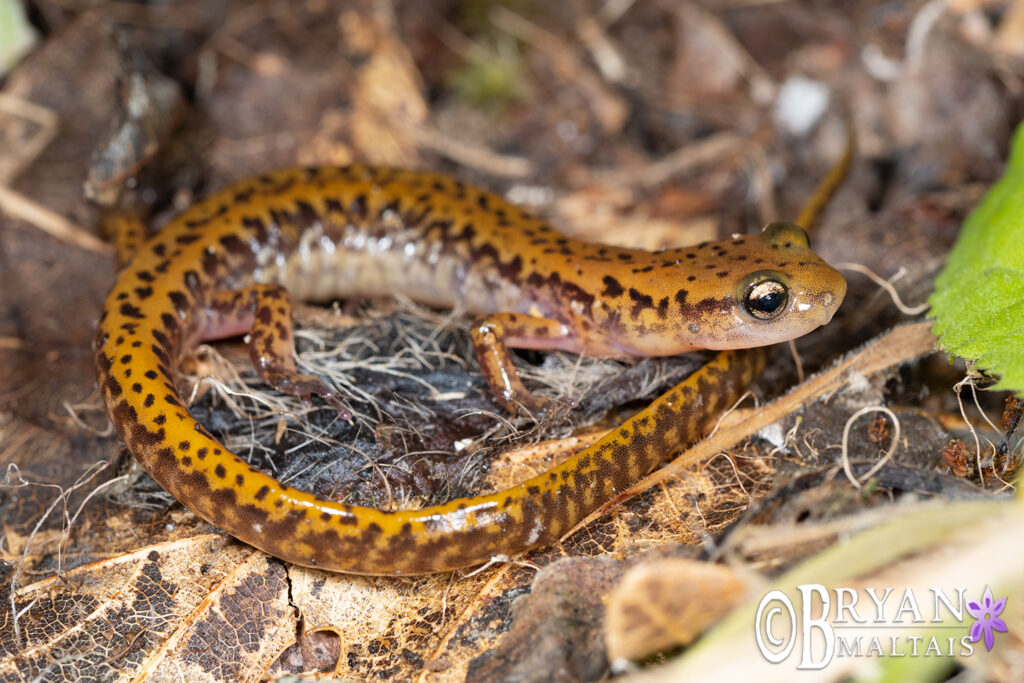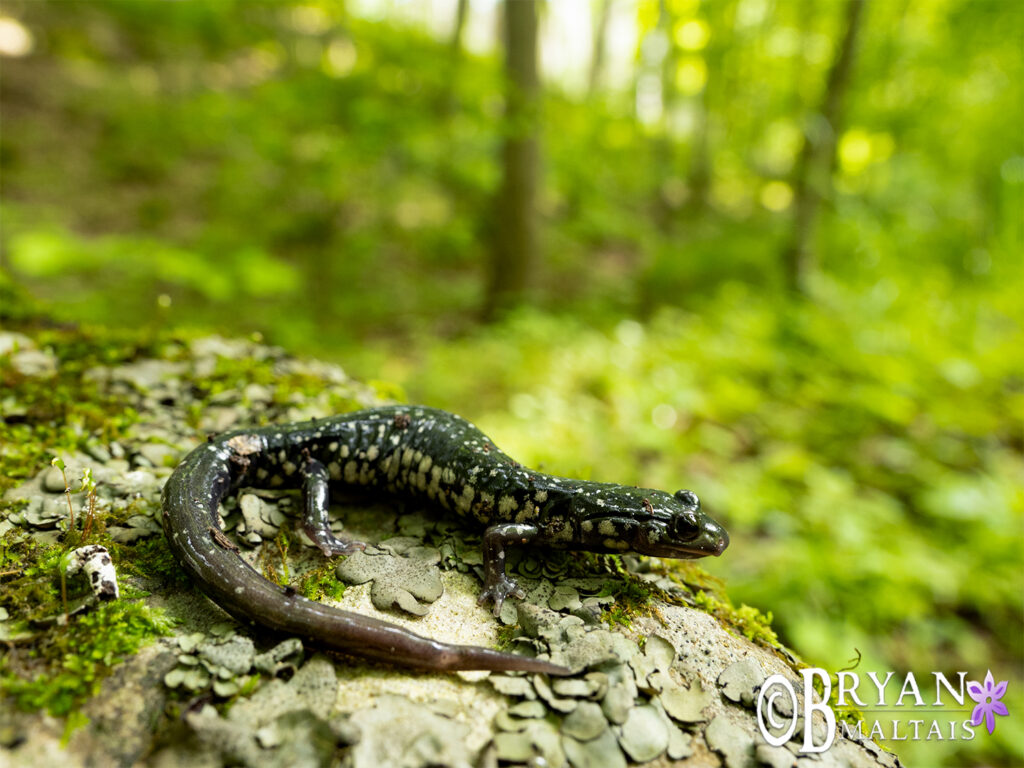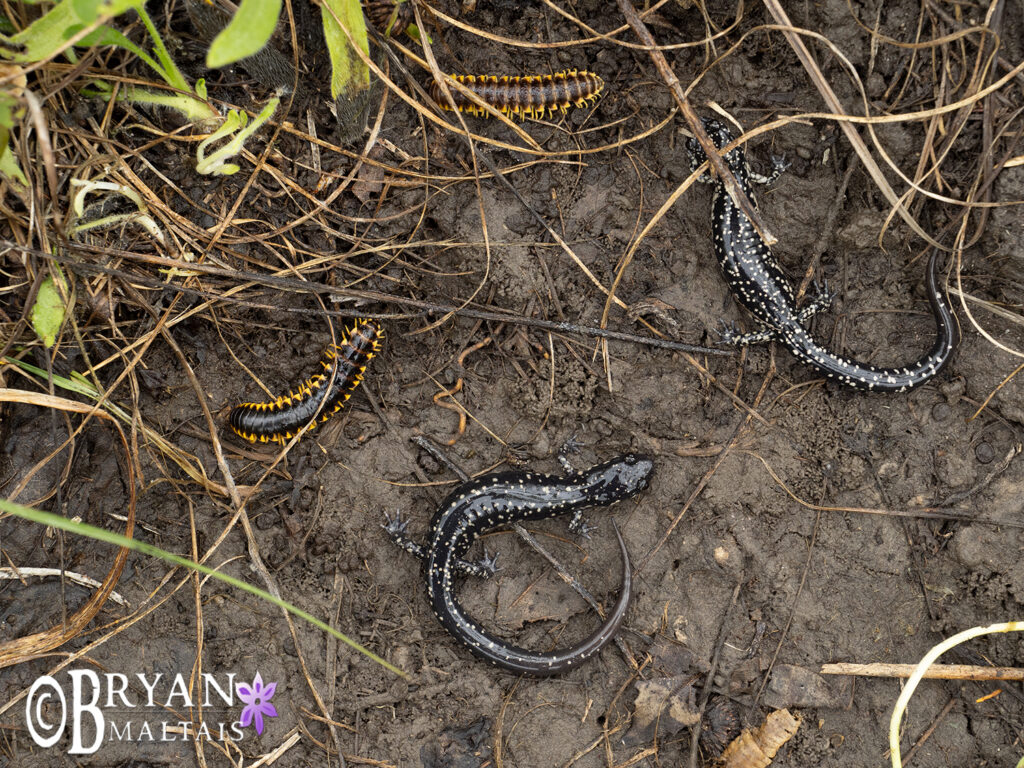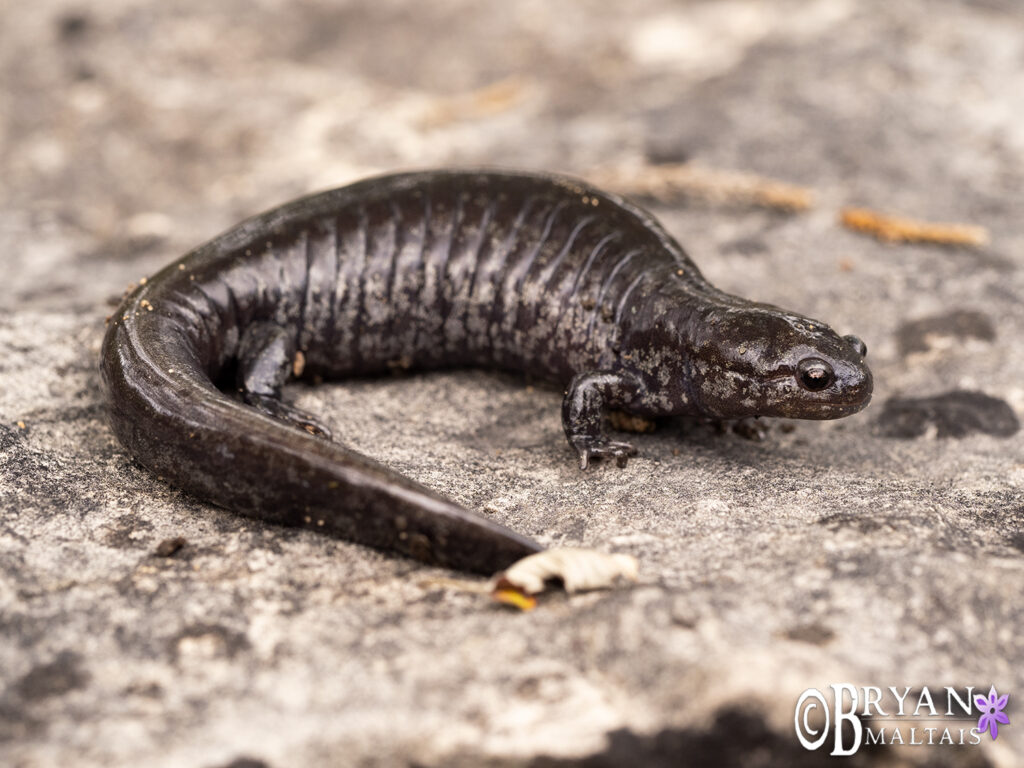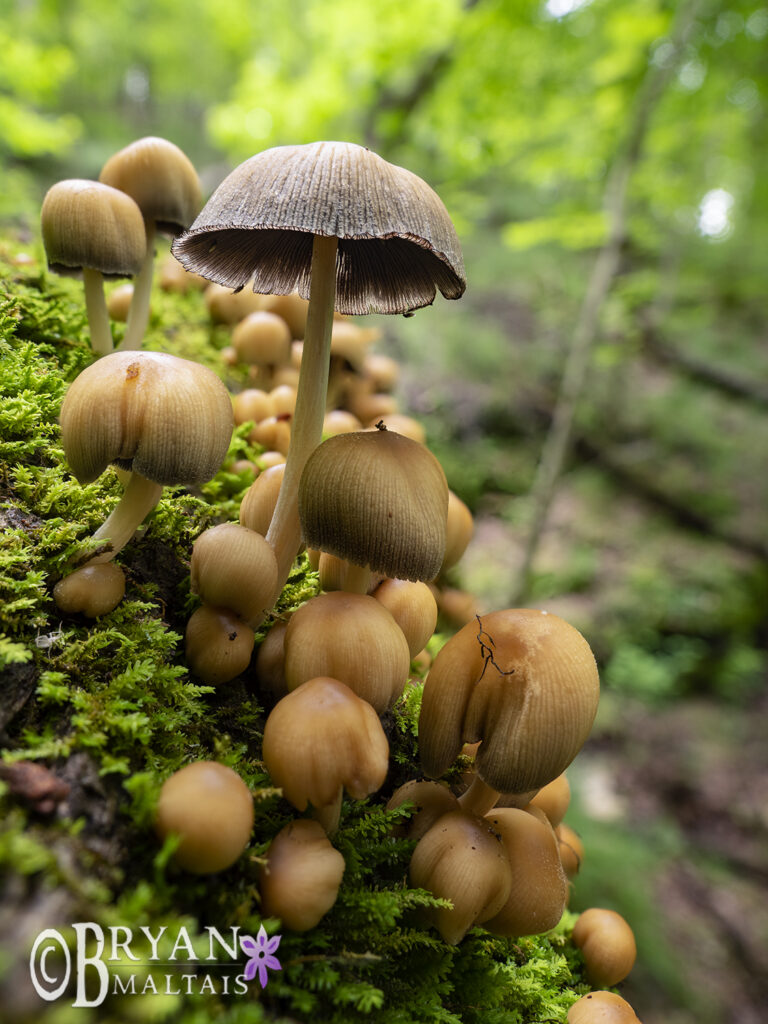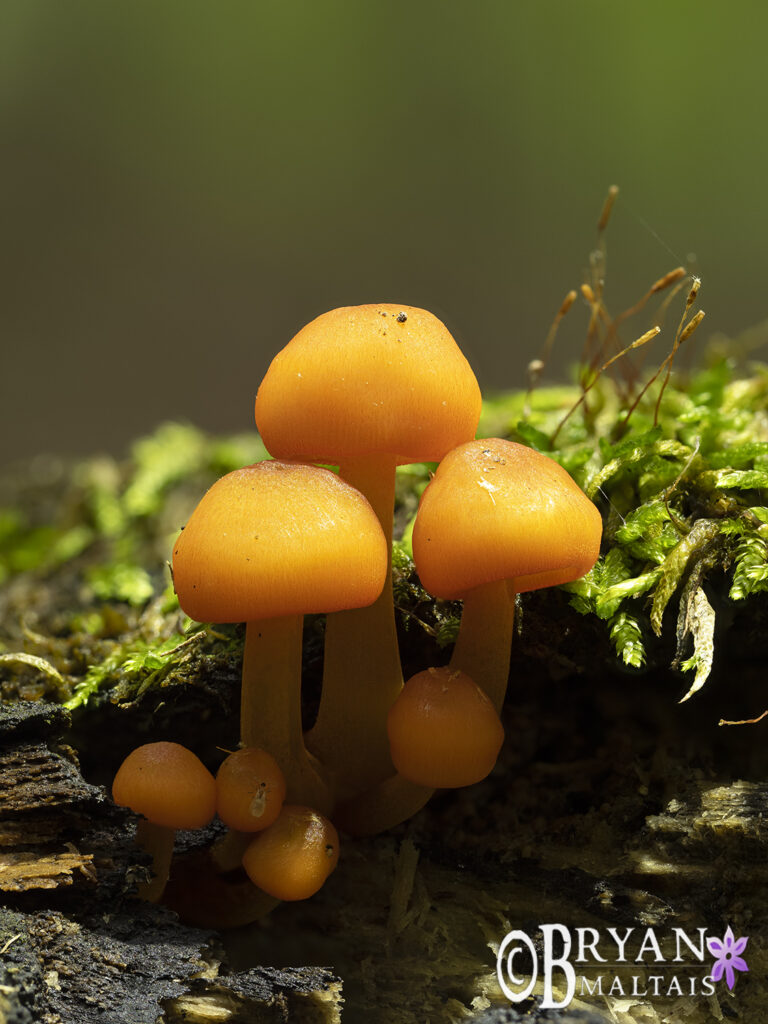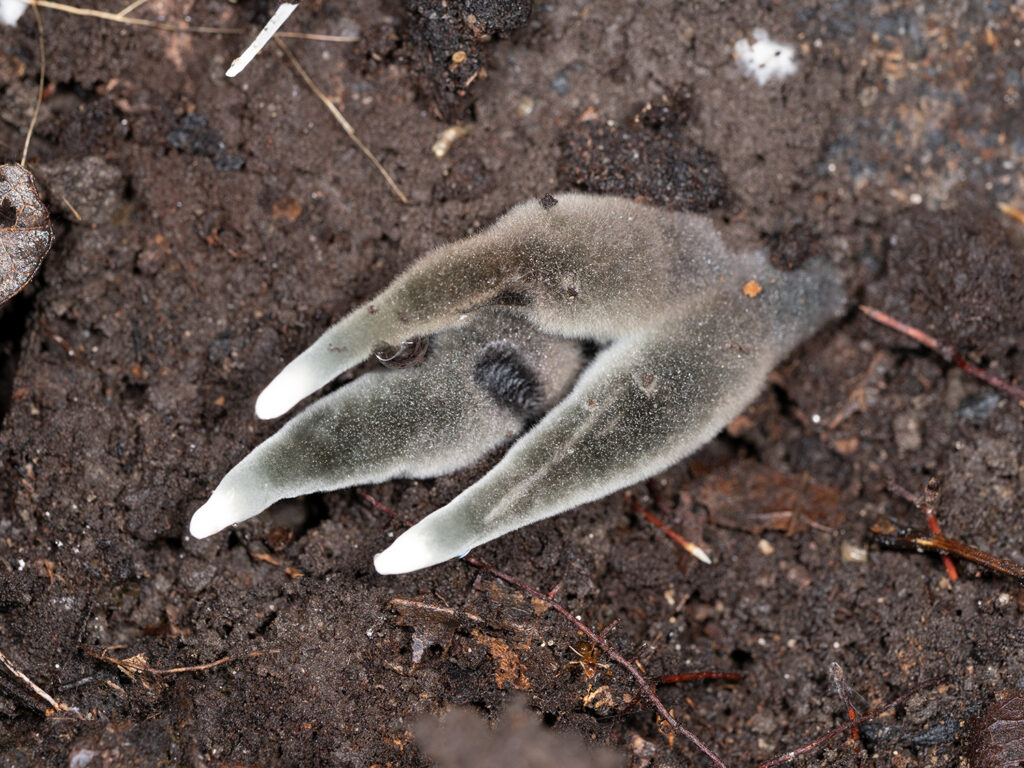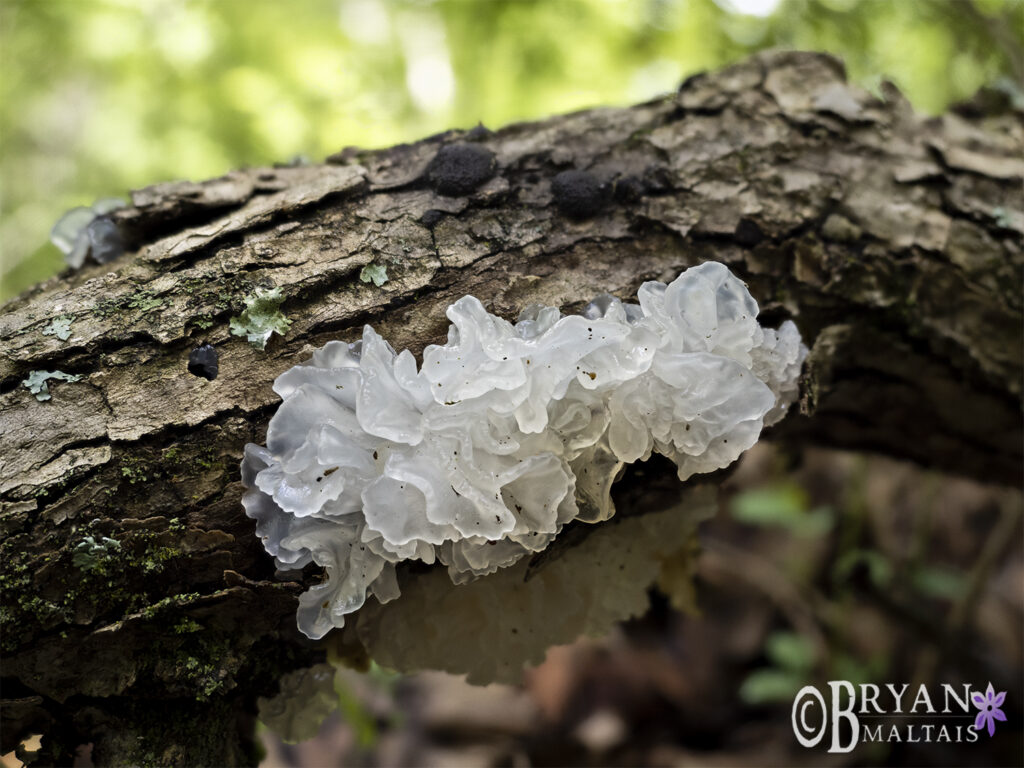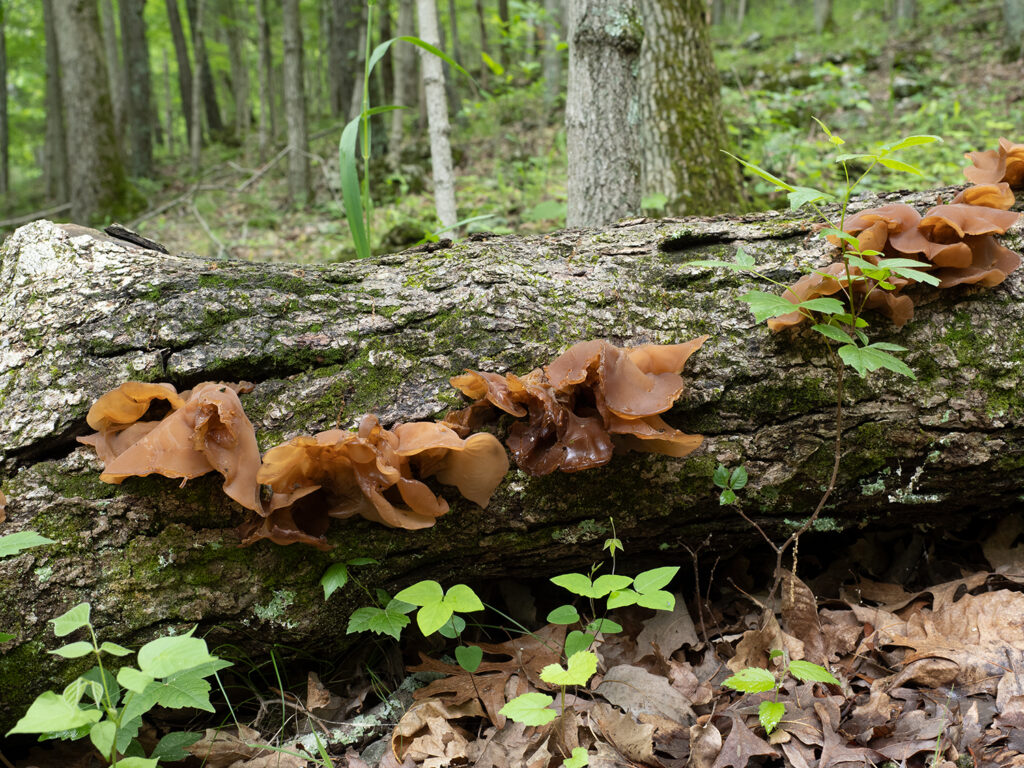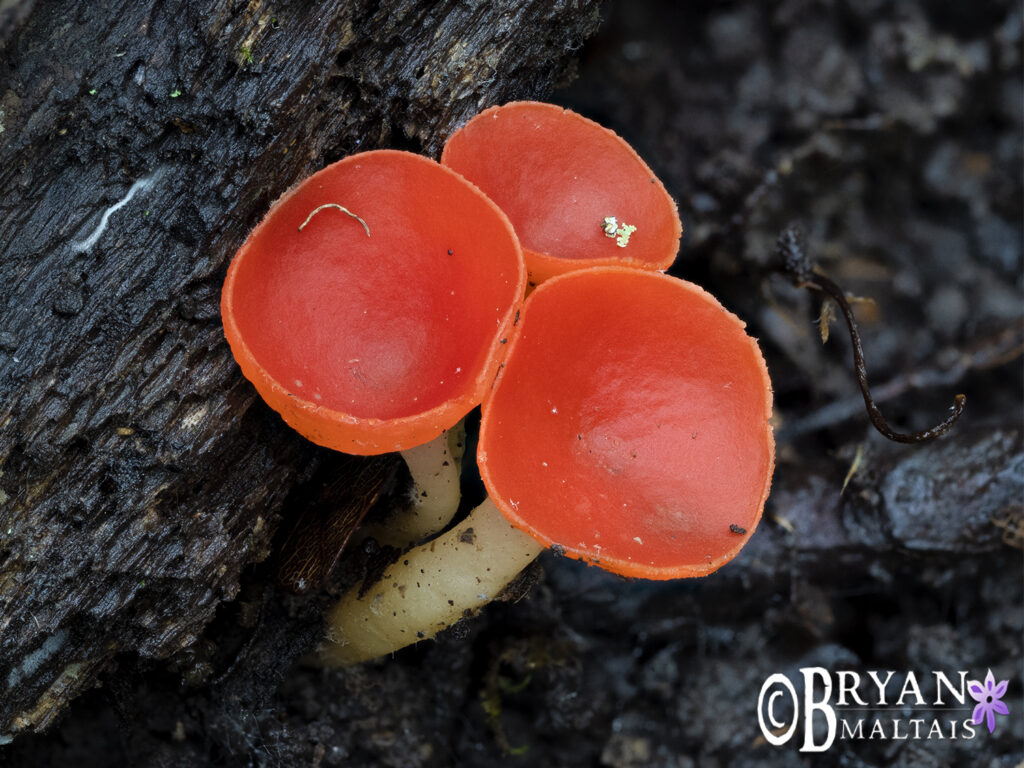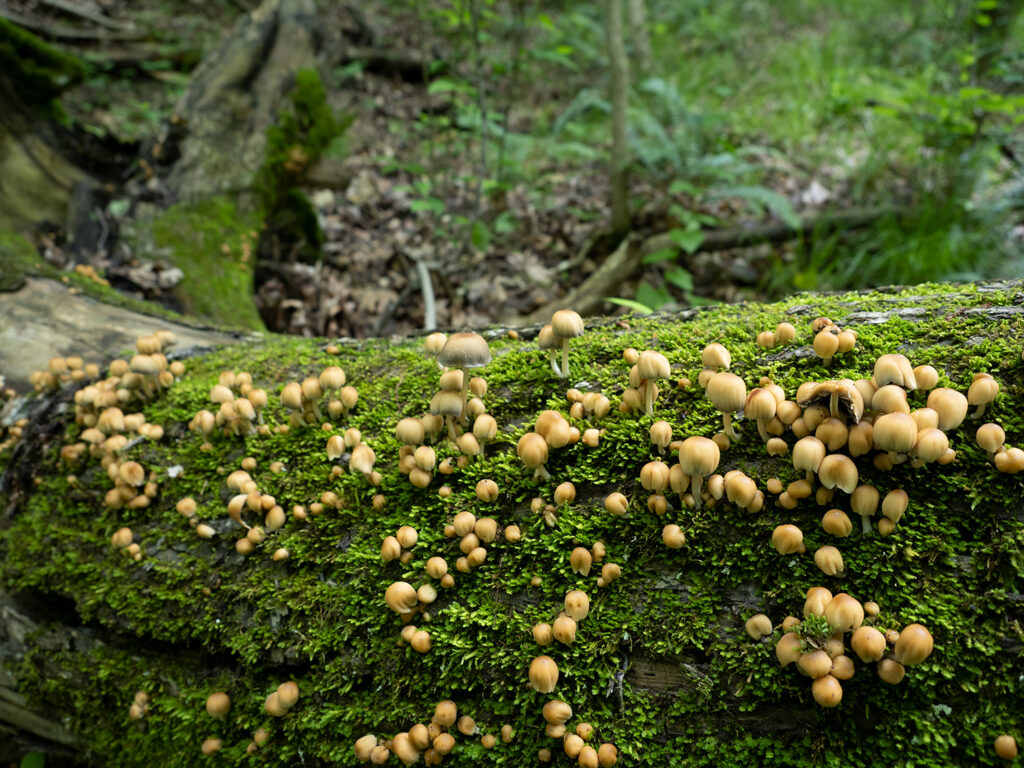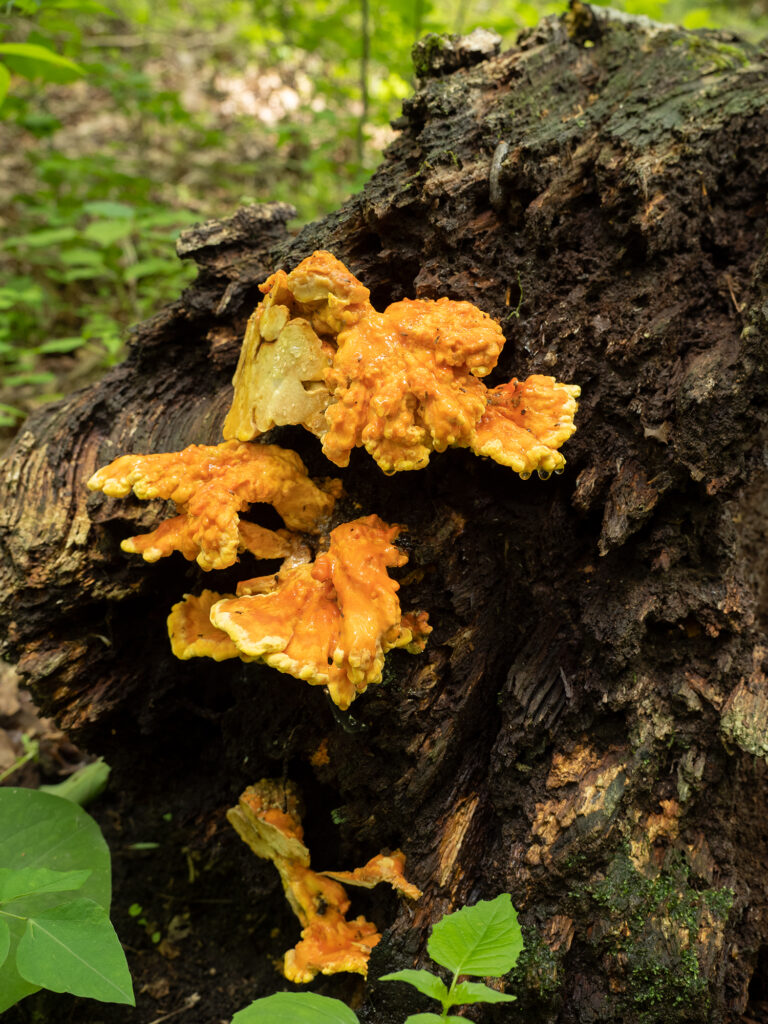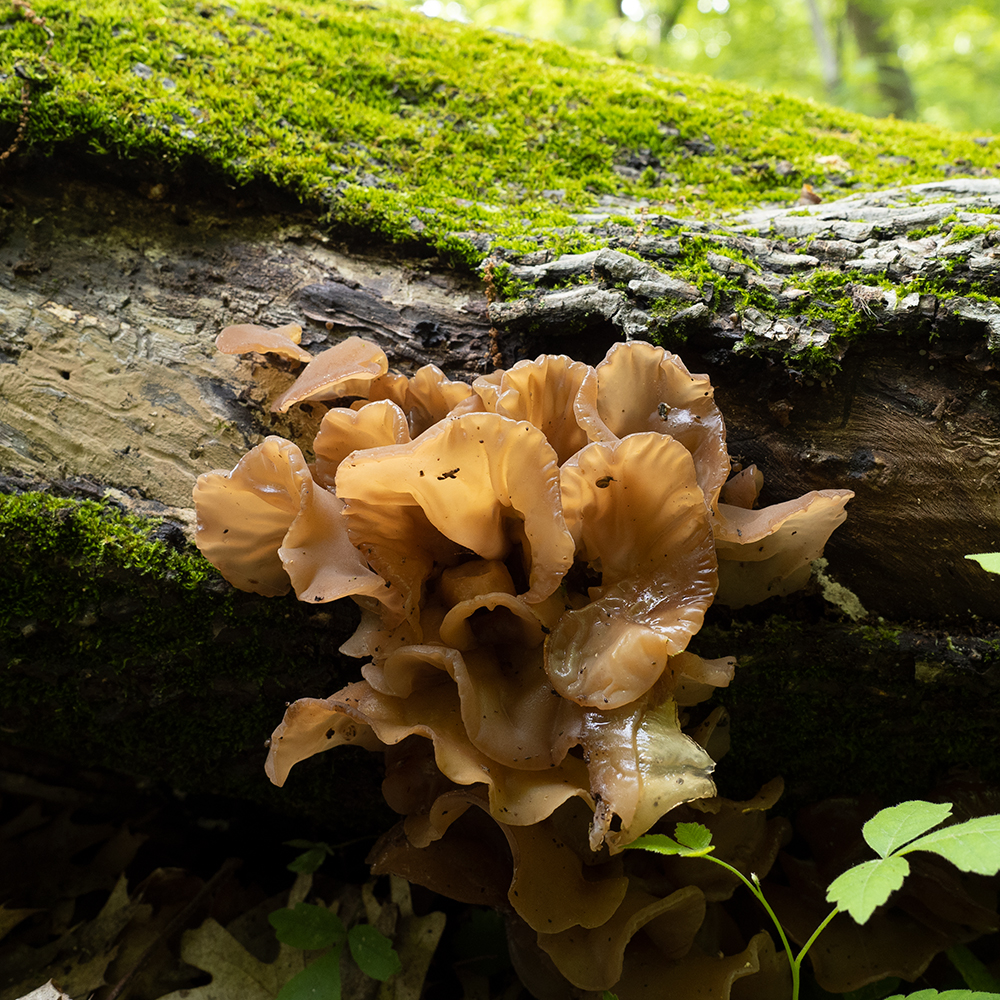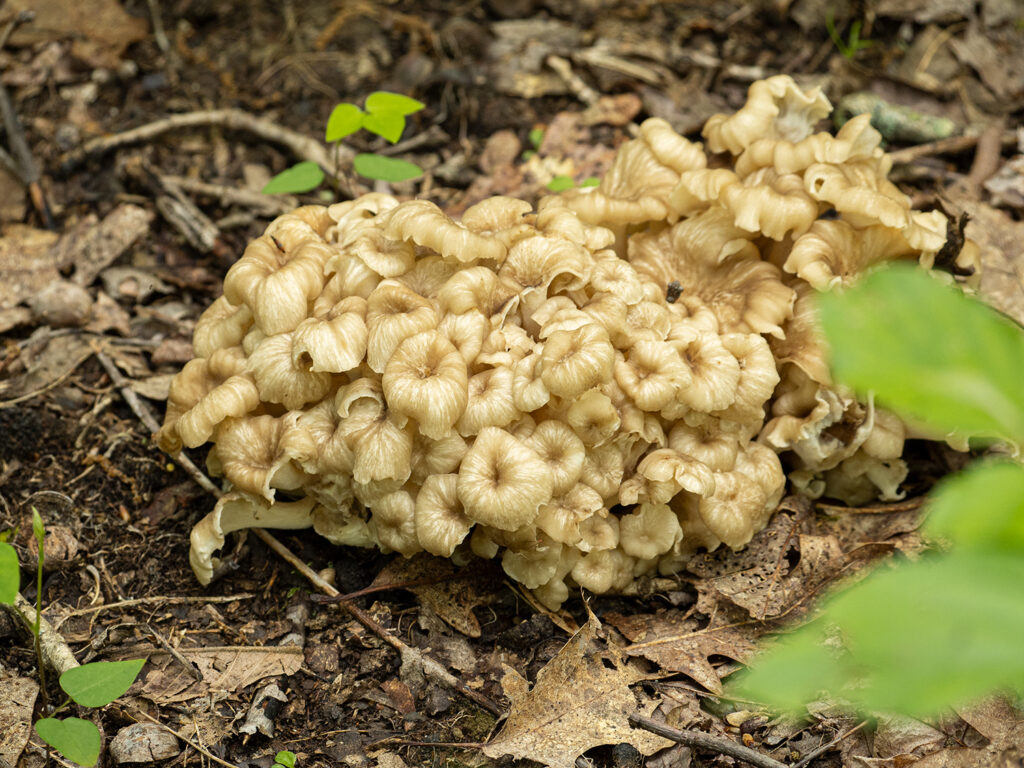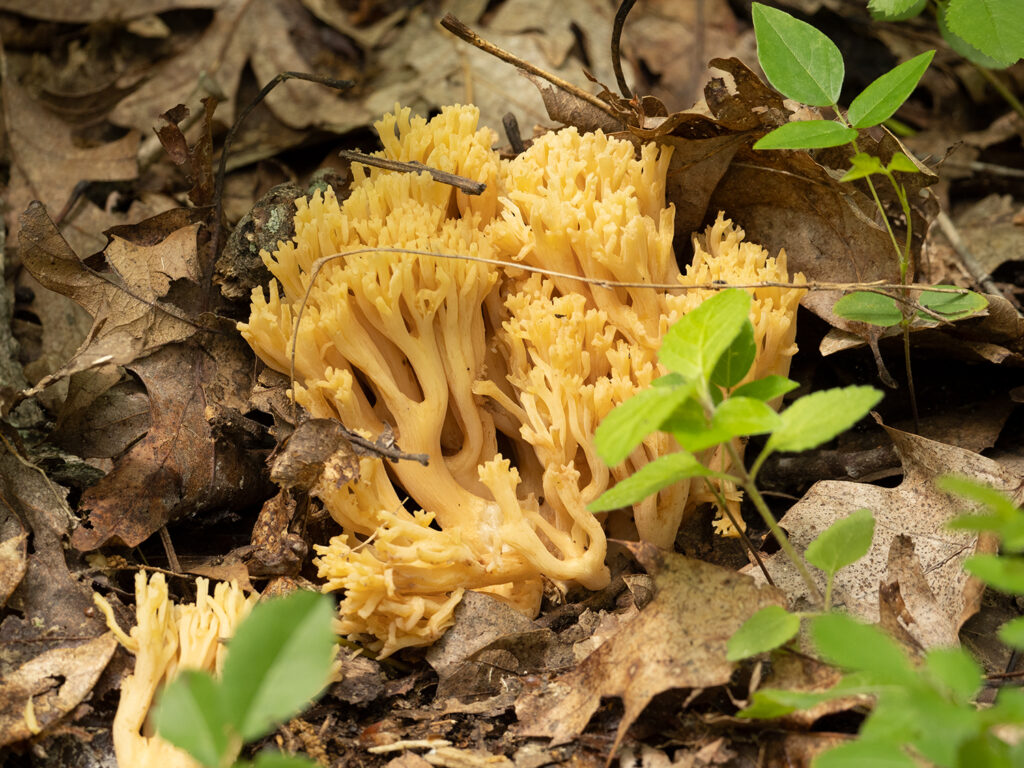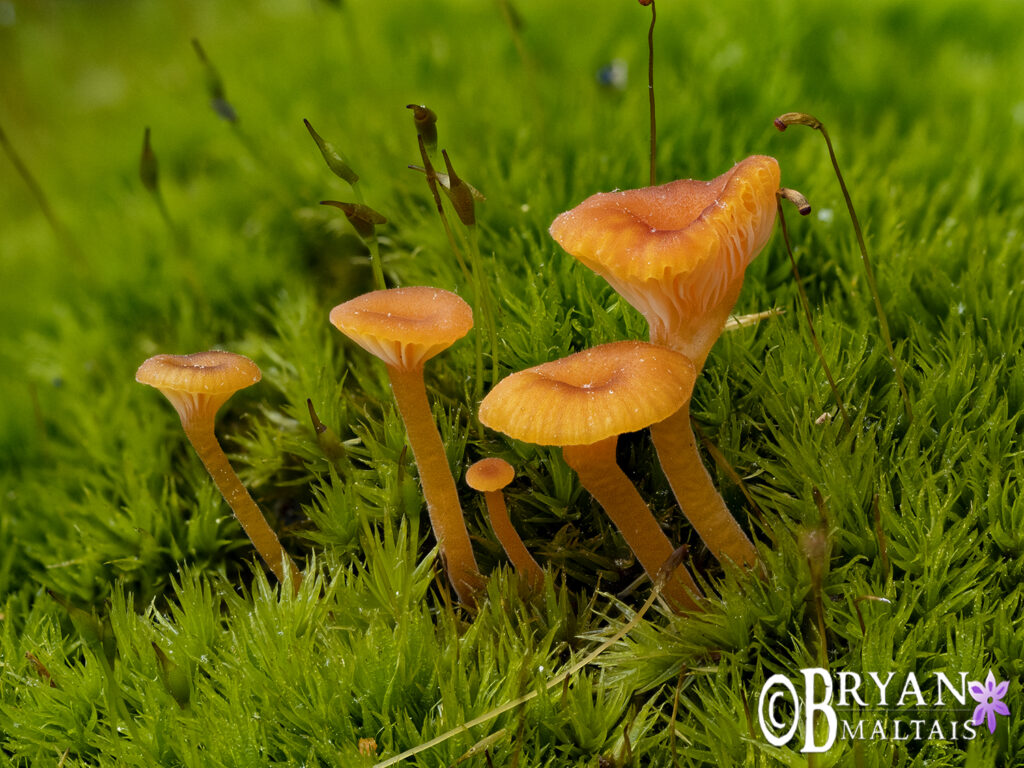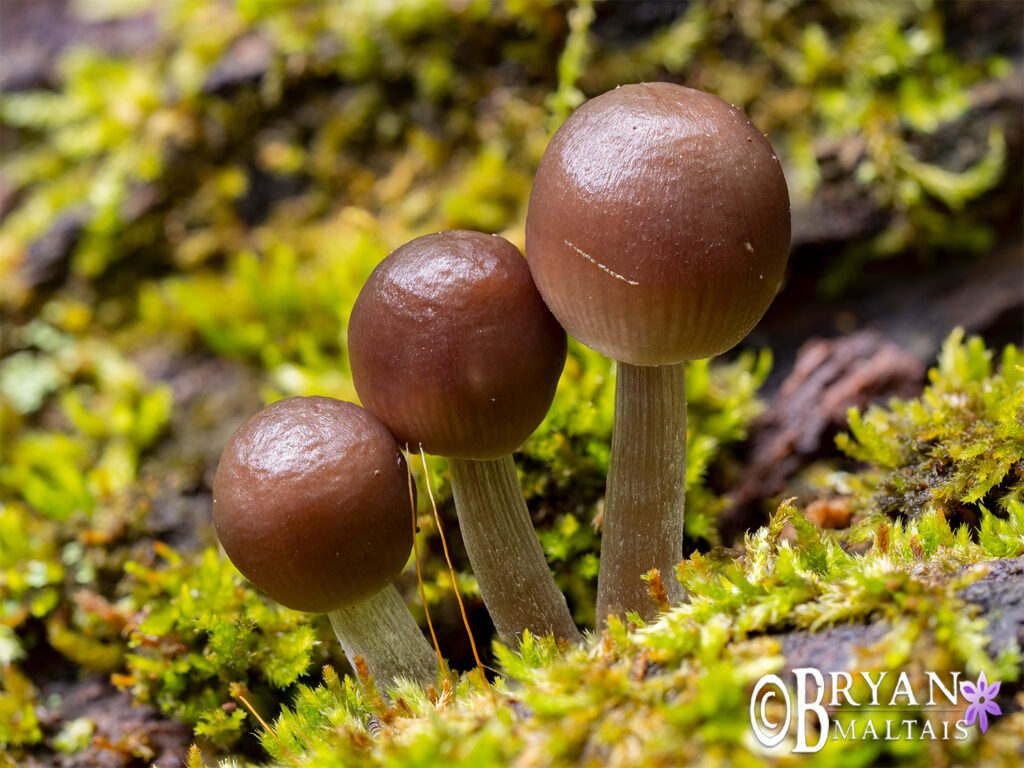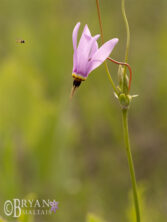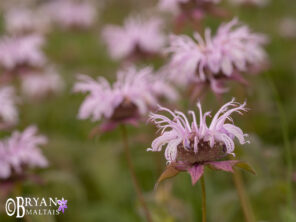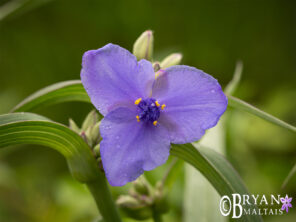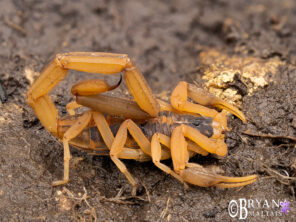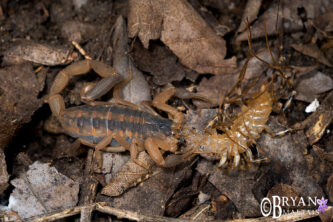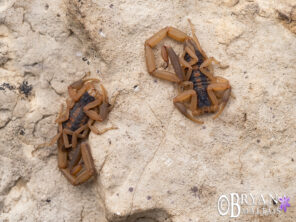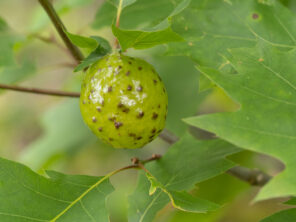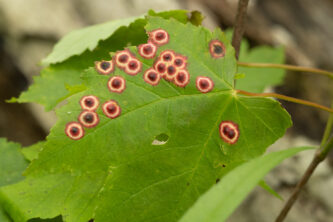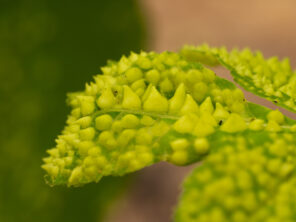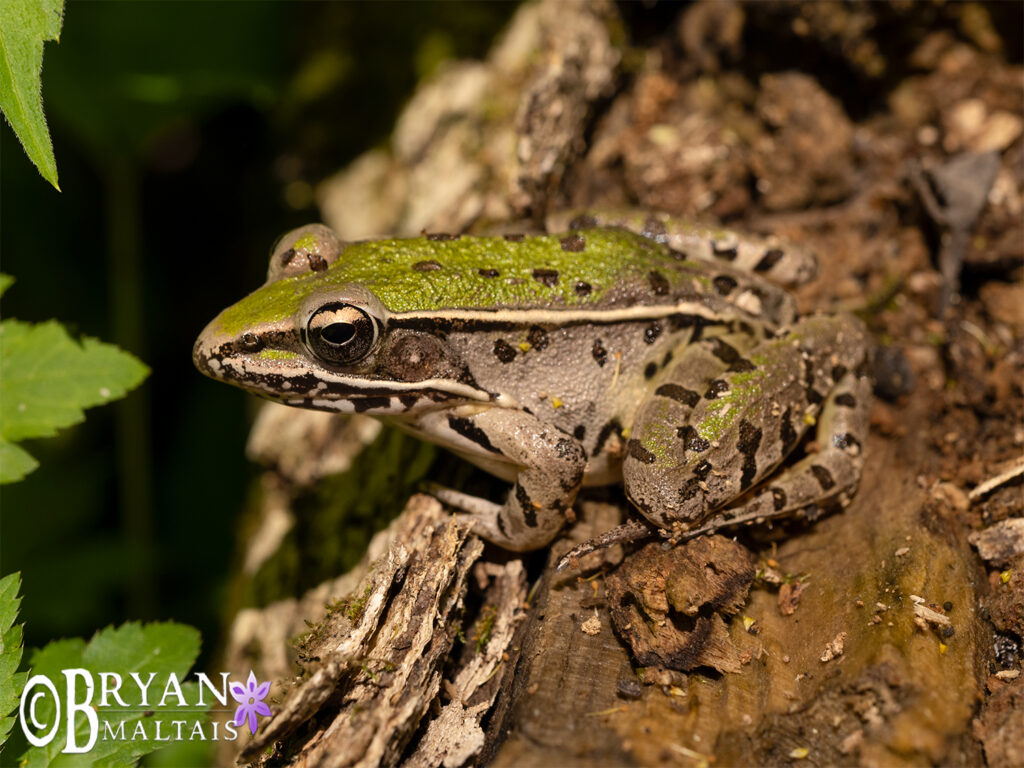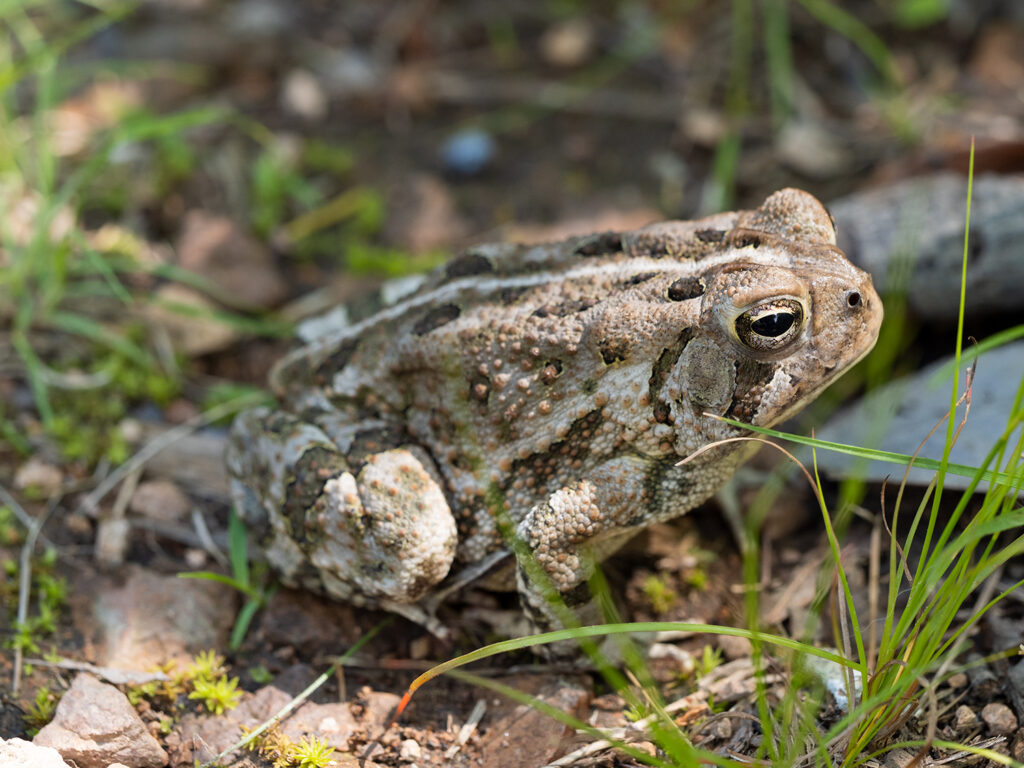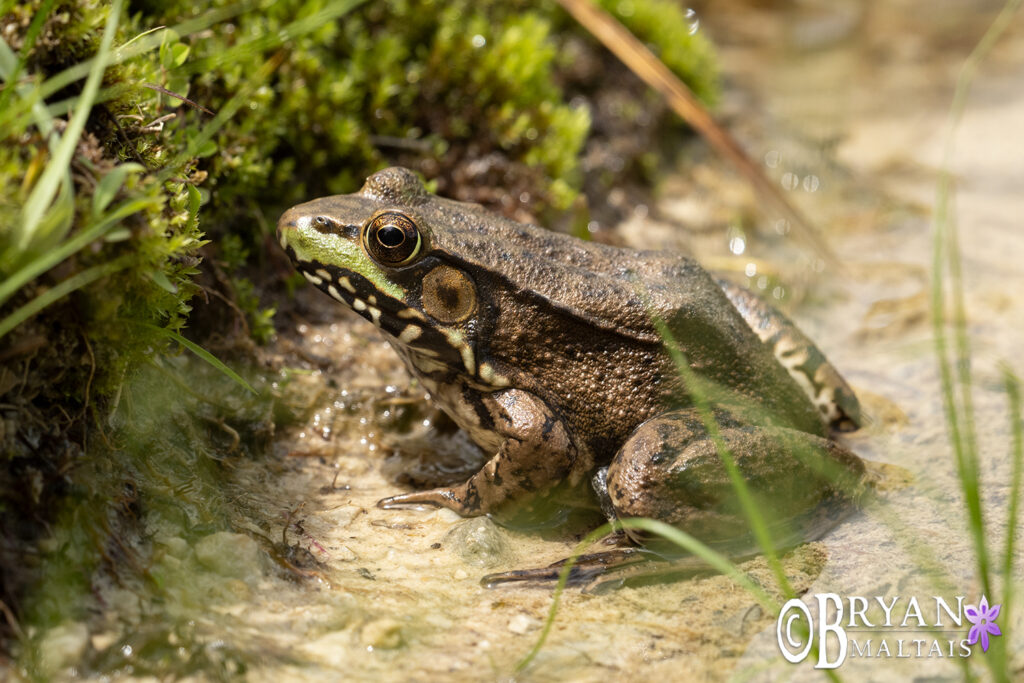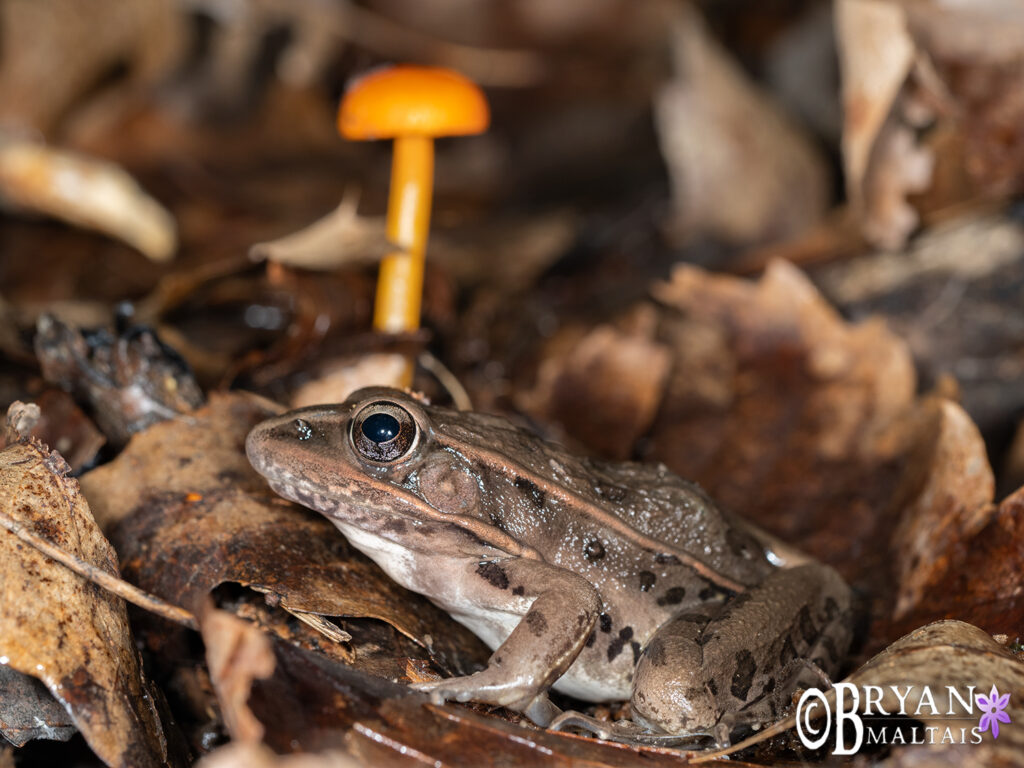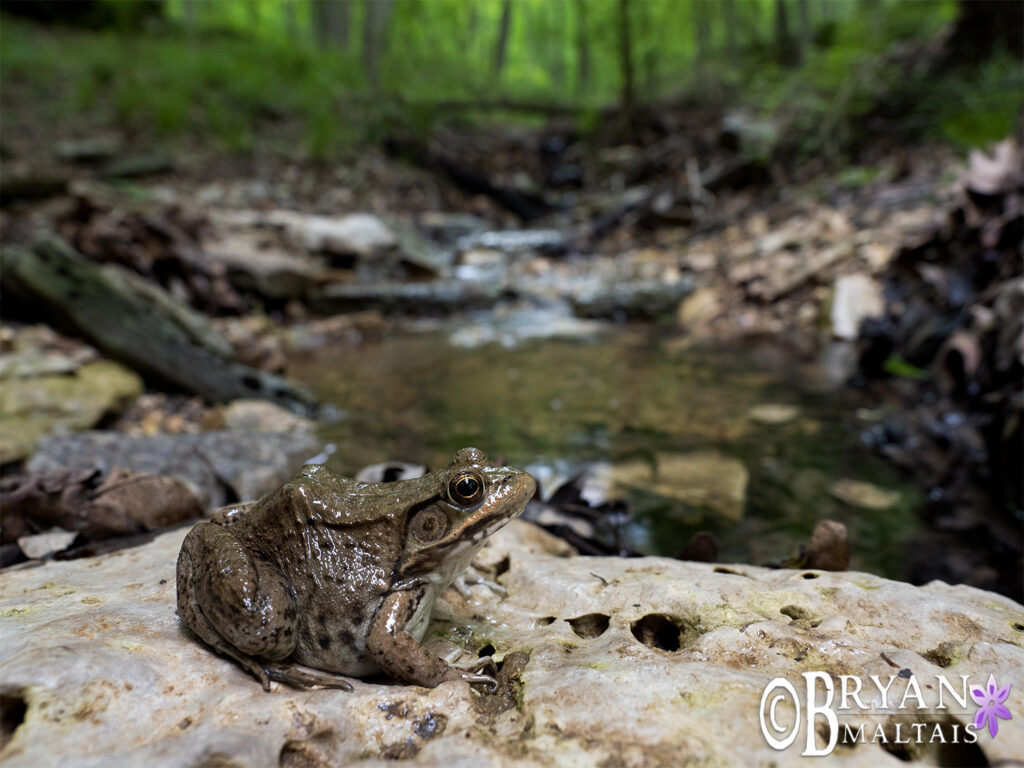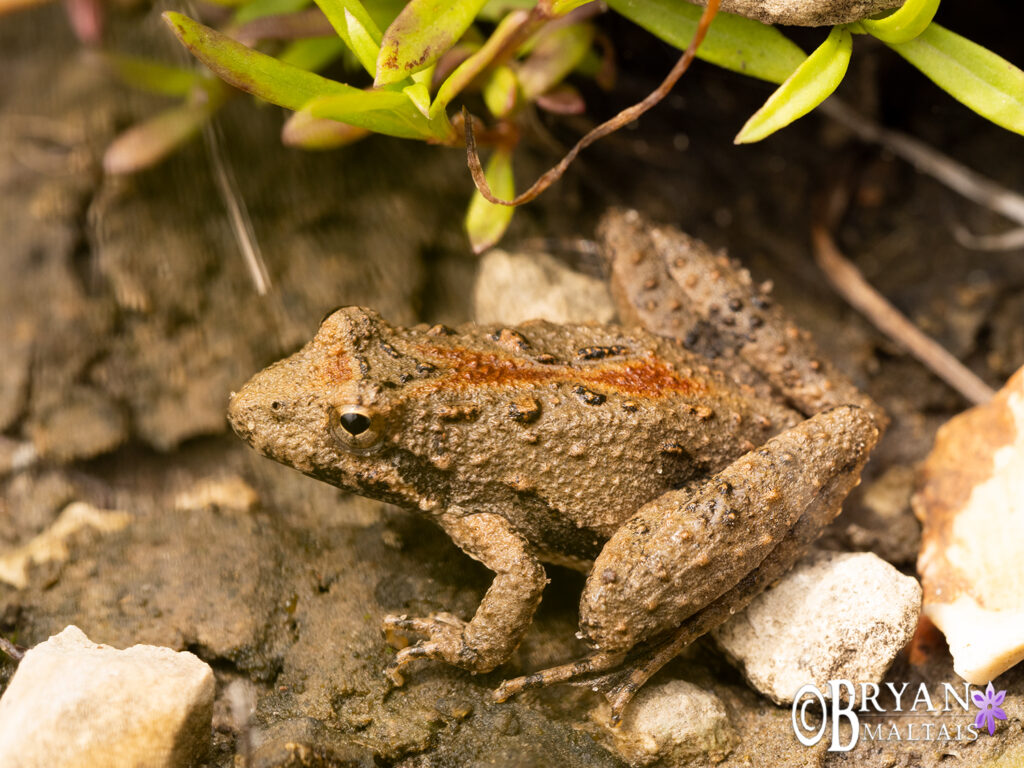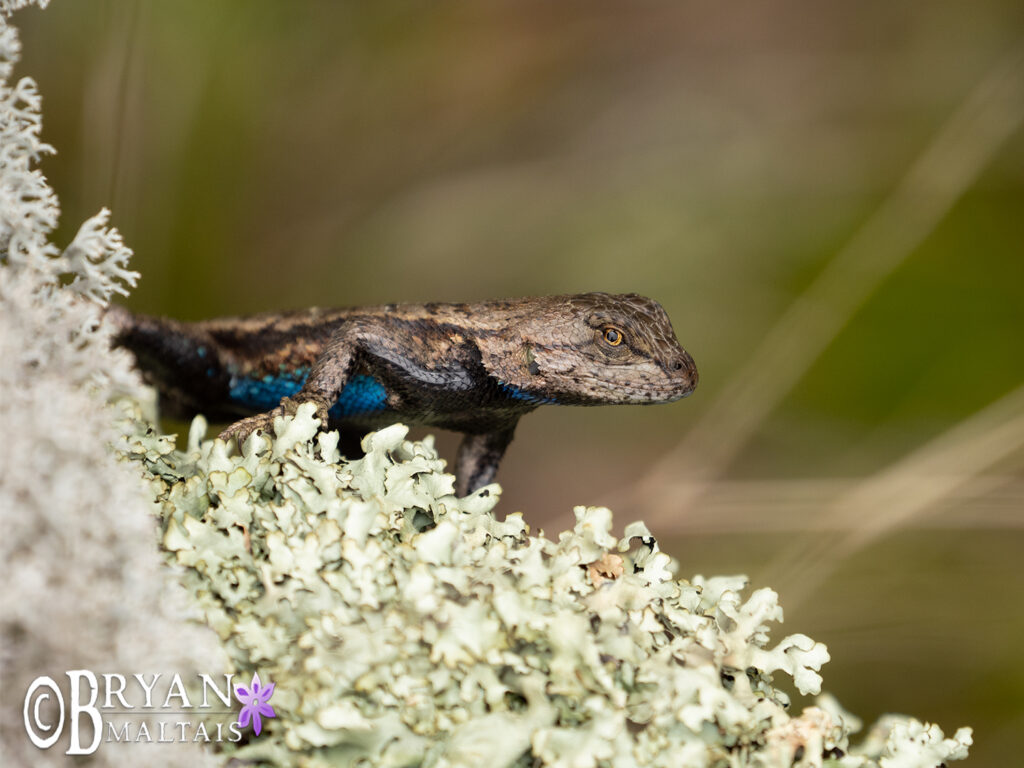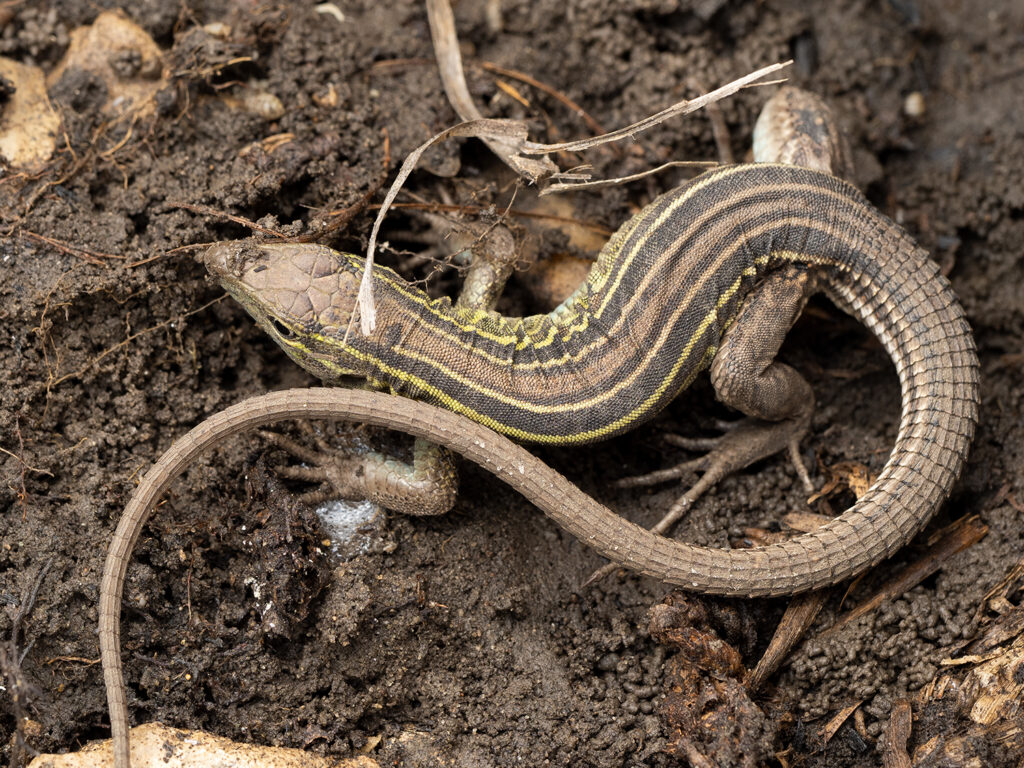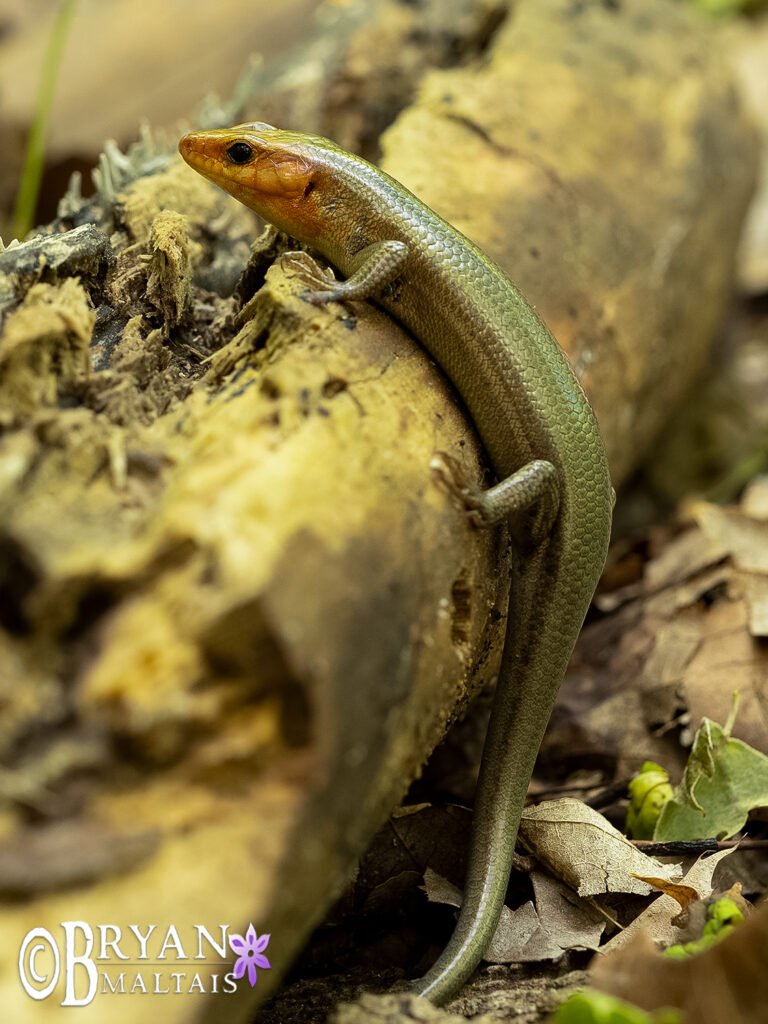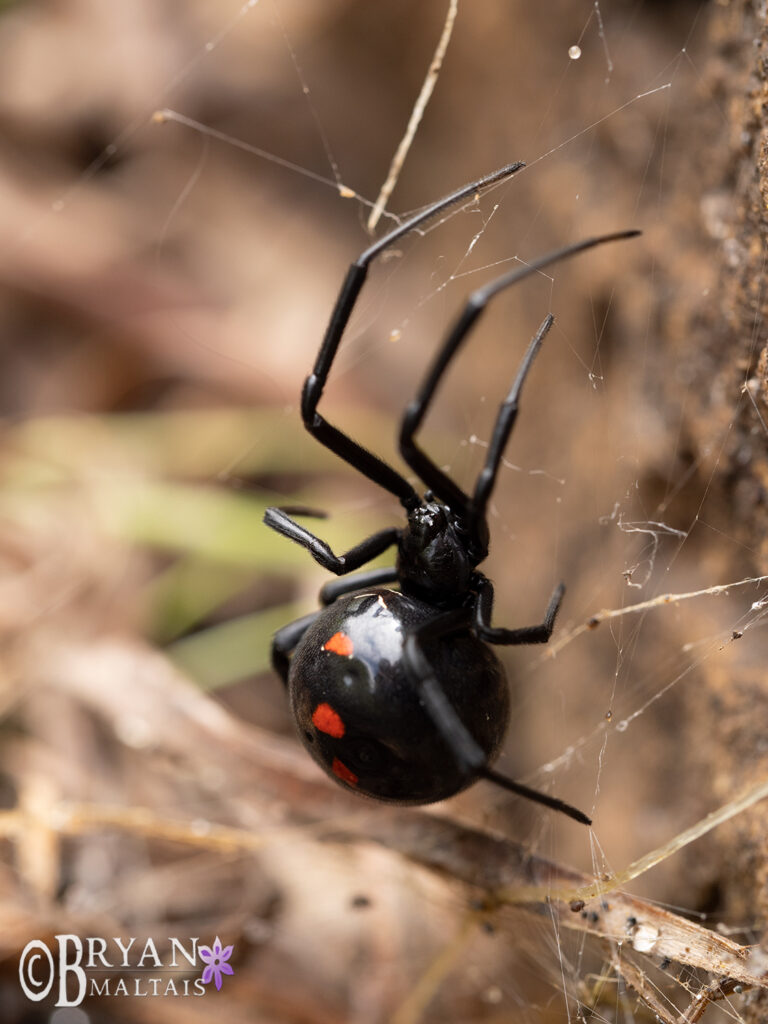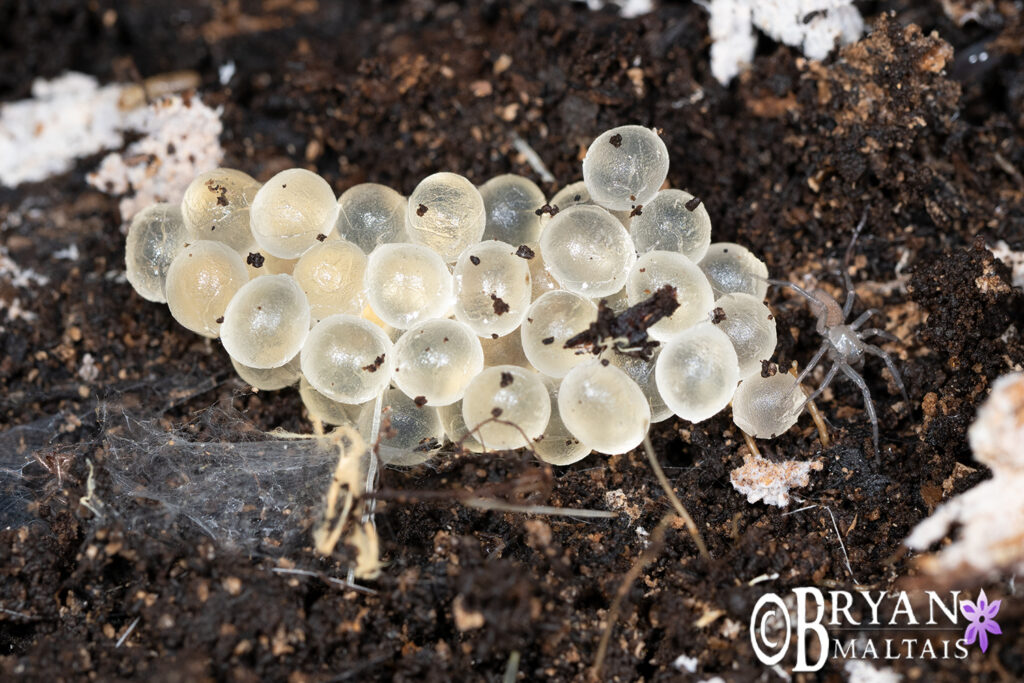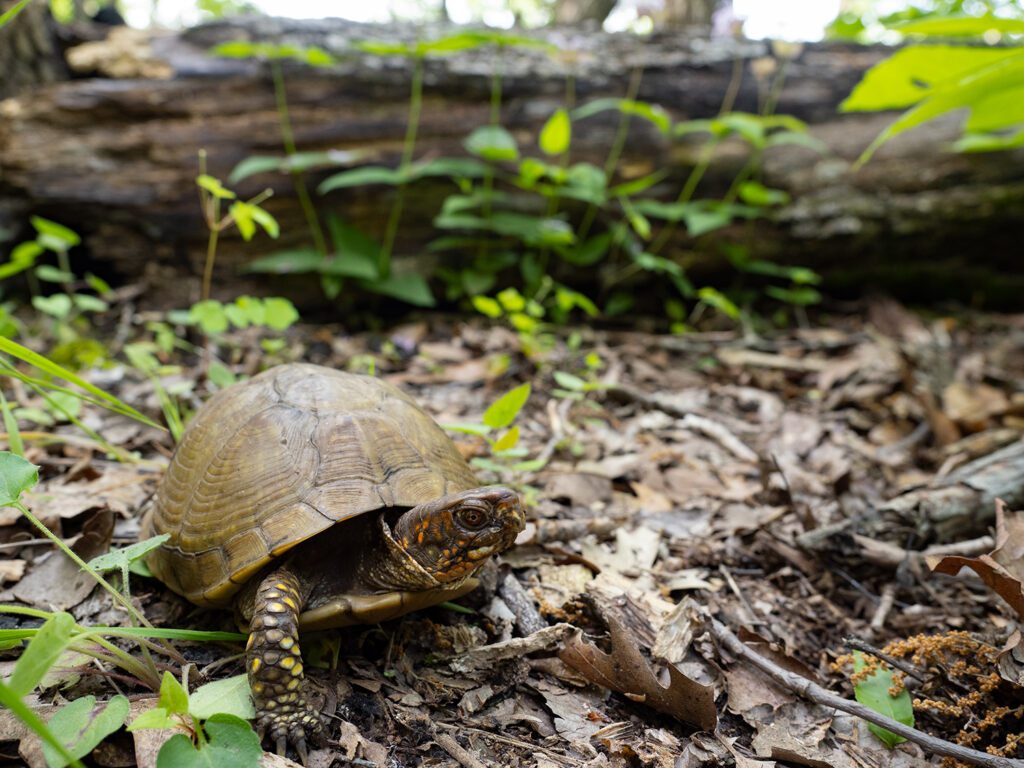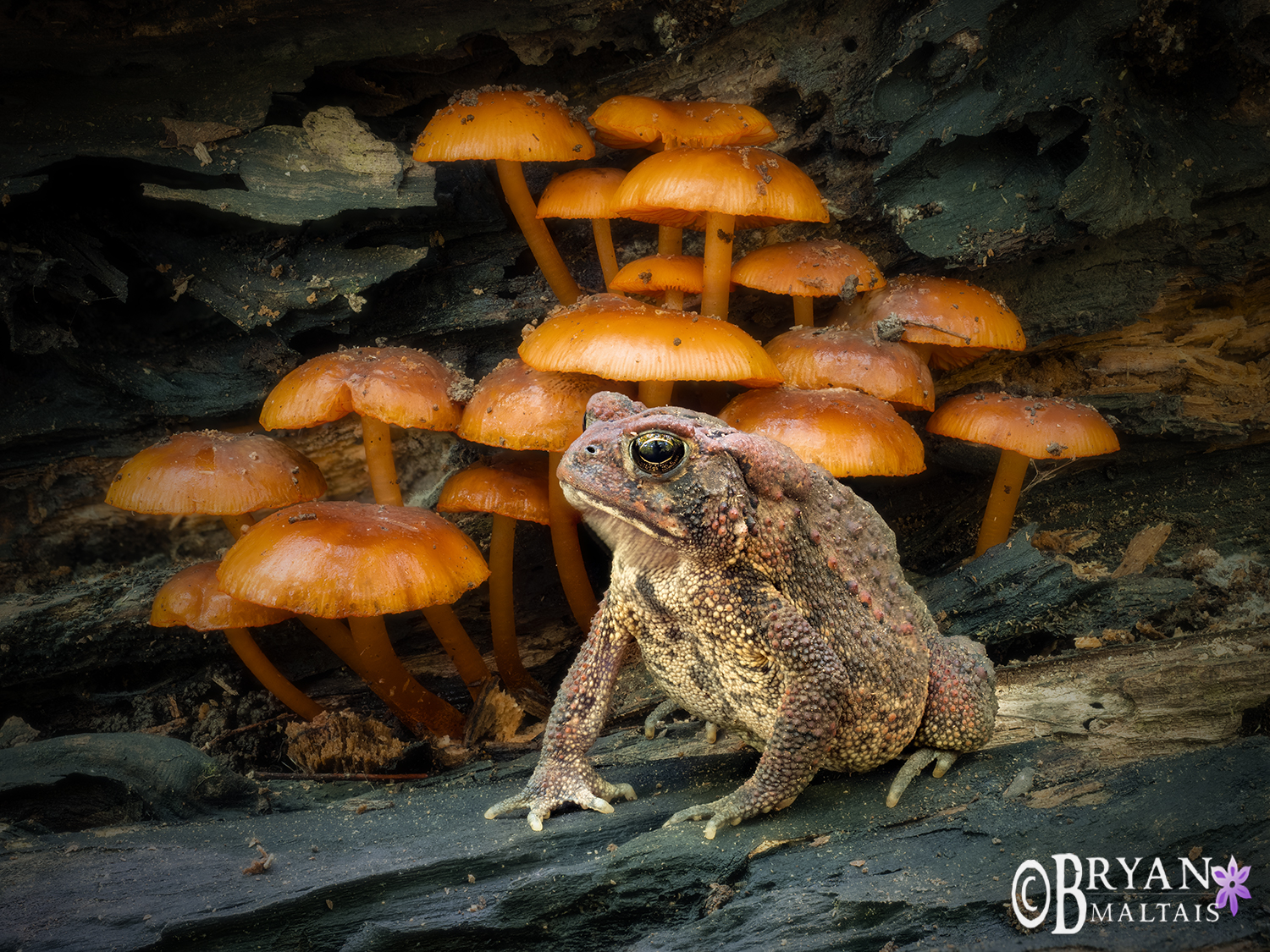
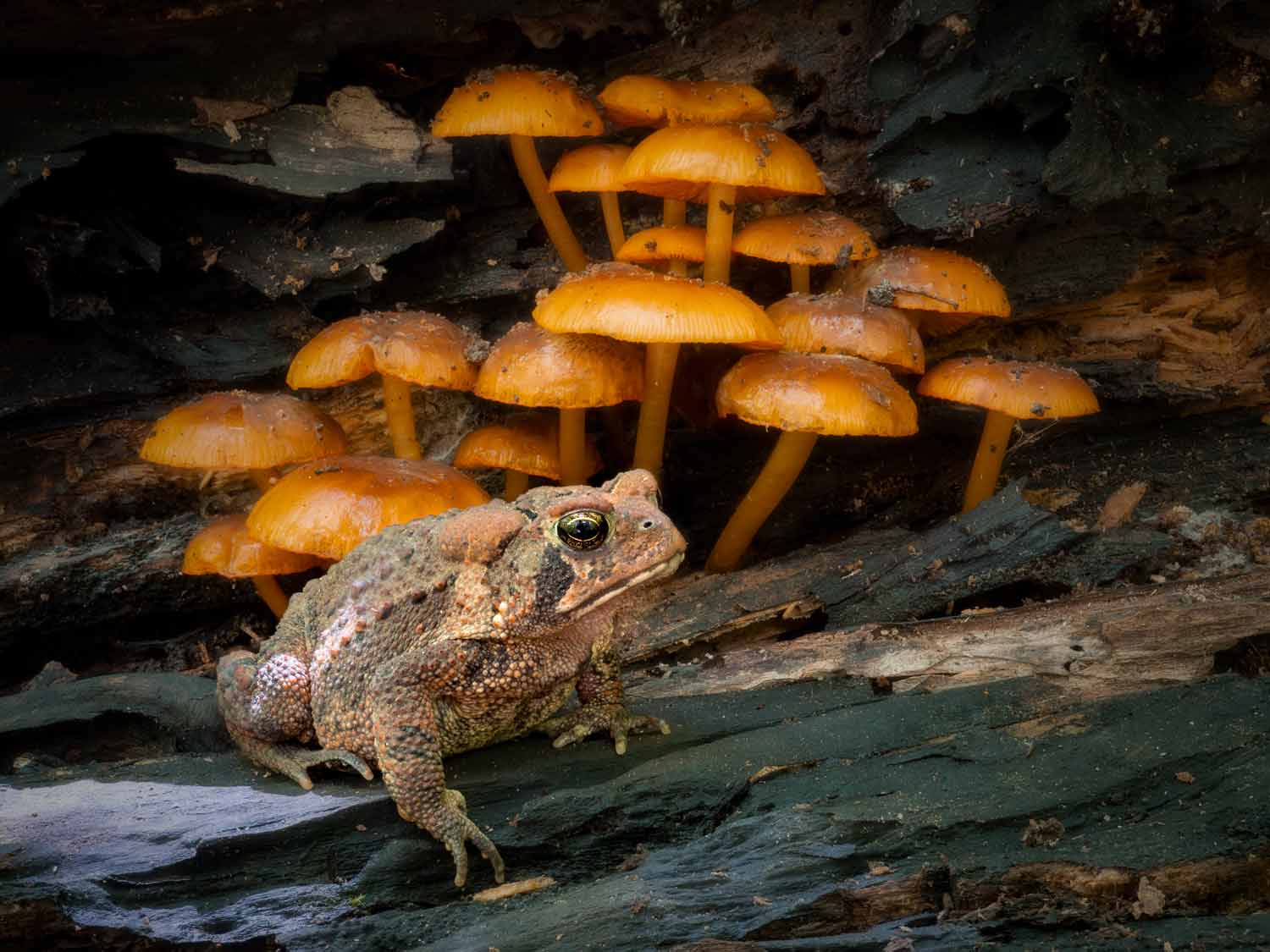
Spring in Missouri in May was abnormally wet and cool. The breeding period of amphibians was extended, and richly colored fungi dotted the forest like little ornaments. This is my personal favorite photo that I’ve ever taken. It embodies what I love about nature; lush, moist, plant, animal, wood, forest, slowly discovering what lives on the forest floor. This is an American Toad perched on a rotting log with Orange Mycena Mushrooms.
In moving to the Rocky Mountains from Missouri, I gained vast ranges of epic scenery to explore for days on end, but left behind the lush greenery of bio-diverse forests that were nearby. My most recent trip back home reminded me that I love the latter equally so. Evermore I hunger for a daily nature fix. While this can mean many things, for me the ideal nature fix is to slowly meander through lush deciduous forest where diverse forms of life lie in wait for me to discover. In particular I love herping, which is the search for reptiles and amphibians. I recently spent the third week of May in Missouri exploring several forests. It was a particularly productive week; I photographed 50 species of animals, plants and fungi, and observe countless others. As much as I’d like to write about the specific locations that I visit, I no longer do because, as I describe below, I too often witness many of these rare and interesting animals attracting people for the wrong reasons who pillage them from nature and leave their environments ransacked.
- Mating American Toads in a field flooded by spring rains in Missouri
The entire week was very rainy, which brought out many nocturnal amphibians during the day. There was so much rain that an otherwise dry clover field was flooded, which attracted a few late breeding American toads. This gave me the rare chance to easily find and photograph them in the bright of day. Unfortunately any eggs laid would dry out along with the fields after the rain stopped.
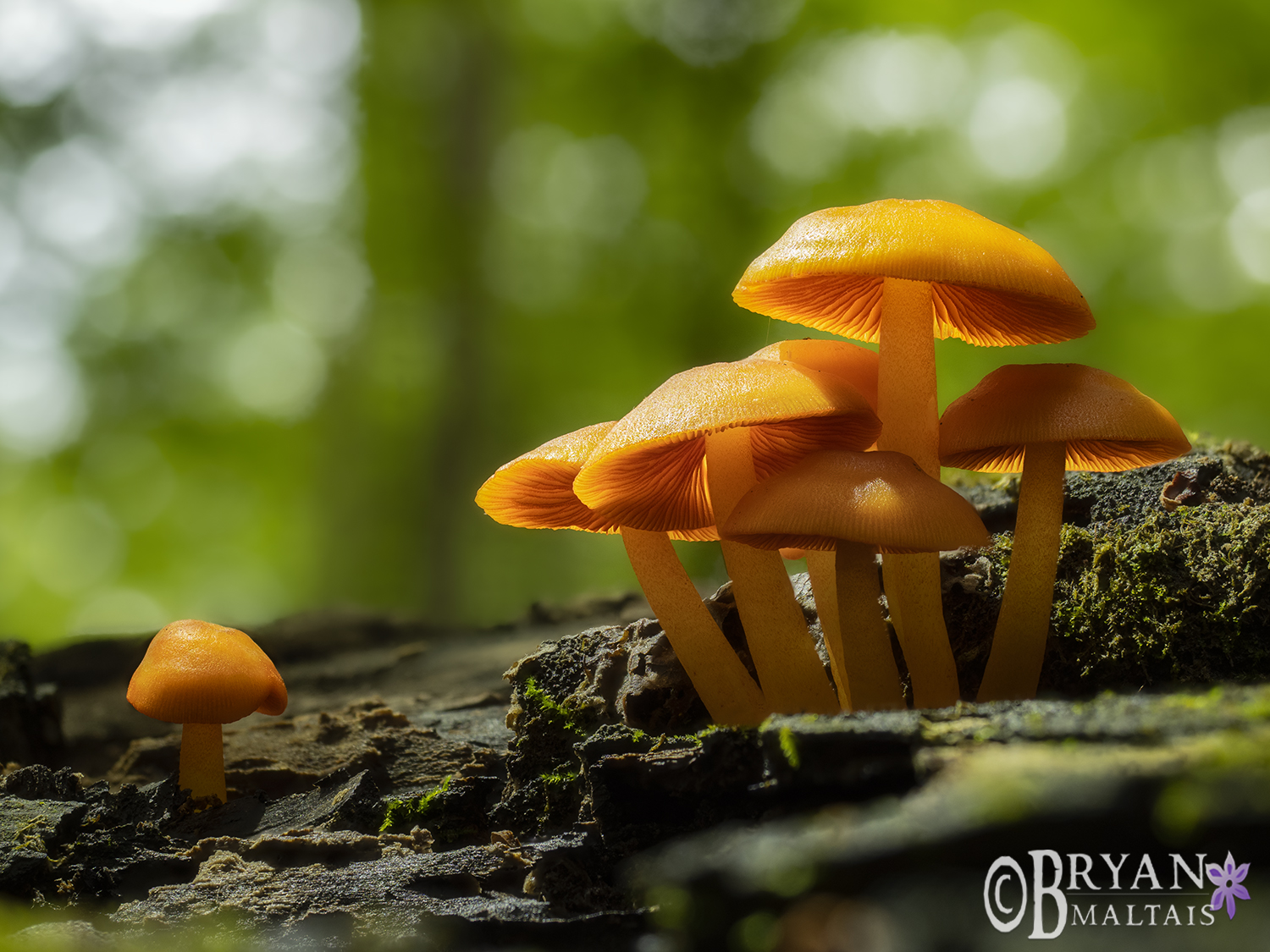
I’m no Mycologist, but from what I can tell this is a troop of Orange Mycena Mushrooms. I worked with this captivating, perfectly formed arrangement for about an hour for this shot, which is a focus stack of 15 images. Their orange pigment has antibiotic and anti-cancer properties.
A behind the scenes look at how I photographed Fungi. On this day I didn’t bring my tall tripod so I had to improvise with getting the Gorillapod high enough.
Female Gray Treefrogs are attracted to males with the deepest calls because it typically means they’re larger and more fit. Often I have to put great effort into finding and photographing such charismatic species, but Gray Treefrogs seem to still be doing well in Missouri and can be found in practically any patch of forest with some water. I found these calling from the edge of a forest by a deep puddle on the side of a country road.
- Six-Spotted Tiger Beetle
- Orange-patched Smoky Moth
- Worm-eating Beetle
- Least Skipper
- Pearl Crescent
- Ant Mimic Sac Spider
- Nursery Web Spider
If I had only photographed insects and arthropods, a single acre probably would have kept me occupied for the week.
- I photographed this Eastern Copperhead on a trail in a forest near St. Louis. Some passers by acted terrified of this benign creature and thought I would surely die while getting so close to photograph it. The venomous Copperhead freezes when discovered, hoping to use it’s “dead leaf” camouflage to blend in. They’re one of the most calm snakes I’ve photographed and are extremely difficult to antagonize.
This Eastern Copperhead was was my most exciting find on this trip because it’s been nearly 20 years since I’ve photographed a viper in Missouri. Like most venomous snakes, Copperheads are typically extremely docile. They’re camouflaged like dried leaves on the forest floor and thier instinct tells them to lie still in the face of danger; to move or strike would give up thier position. They prioritize saving their venom to hunt rather than unnecessarily expending it on defense. Instead of moving their head to look at you, their flicking tongue tastes you to figure out what you are.
Above left you see what intact rocks should look like; the top side dark with moss and lichen. Though seemingly benign, the photo on the right shows devastation; a whole glade strewn with white overturned rocks. They were flipped in search of reptiles, sometimes to be illegally collected as pets. The diversity of life beneath just one rock is staggering, consisting of an entire micro-ecosystem of organisms specialized to live beneath it. This ecosystem is destroyed in one quick flip when the rocks aren’t put back in place, and this is why I don’t share locations. Energy is hard to come by in nature; in most ecosystems animals are typically on the precipice between having enough, and starvation. When a rock is flipped and left overturned, most organisms that lived beneath it die. Mobile animals like lizards, scorpions, snakes and rodents must expend precious energy finding a new rock that isn’t already rented-out, and then re-build their nest or burrow. Many less mobile organisms like spiders, insects, mollusks, plants, fungi and salamanders will likely dry-out when exposed to the sun, or be eaten by scavengers. Every organism beneath a rock has painstakingly claimed and maintained a specific patch of earth beneath it. When removed from their home, salamanders return to the exact patch of dirt beneath a log or rock, and Racerunner lizards return to their self-dug tunnels, which the rock forms the roof of. A single rock can harbor over 50 species of plants, fungi, arthropods and animals, none of which can easily find a new home once overturned. Unfortunately, entire populations of these unique organisms are susceptible to population declines and local extinction after a single afternoon of pillagers who don’t put rocks back in place. If you’re just interested in seeing herps, but can’t replace a rock exactly as you found it, don’t flip it. Illegal poaching of native species for pets is no longer sustainable because there have become so many of us that too much of their habitat has been lost. Poaching herps for the black market has markedly reduced numbers of wild species. Anecdotally, there are snake species that I regularly encountered at specific locations in Missouri that I haven’t seen in years. You’ll notice in this post I didn’t encounter a single “big” snake during a solid week in the forest.
If people search for animals in the wild, they obviously have a love and interest for them, so it confuses me when respect for their well-being isn’t there.
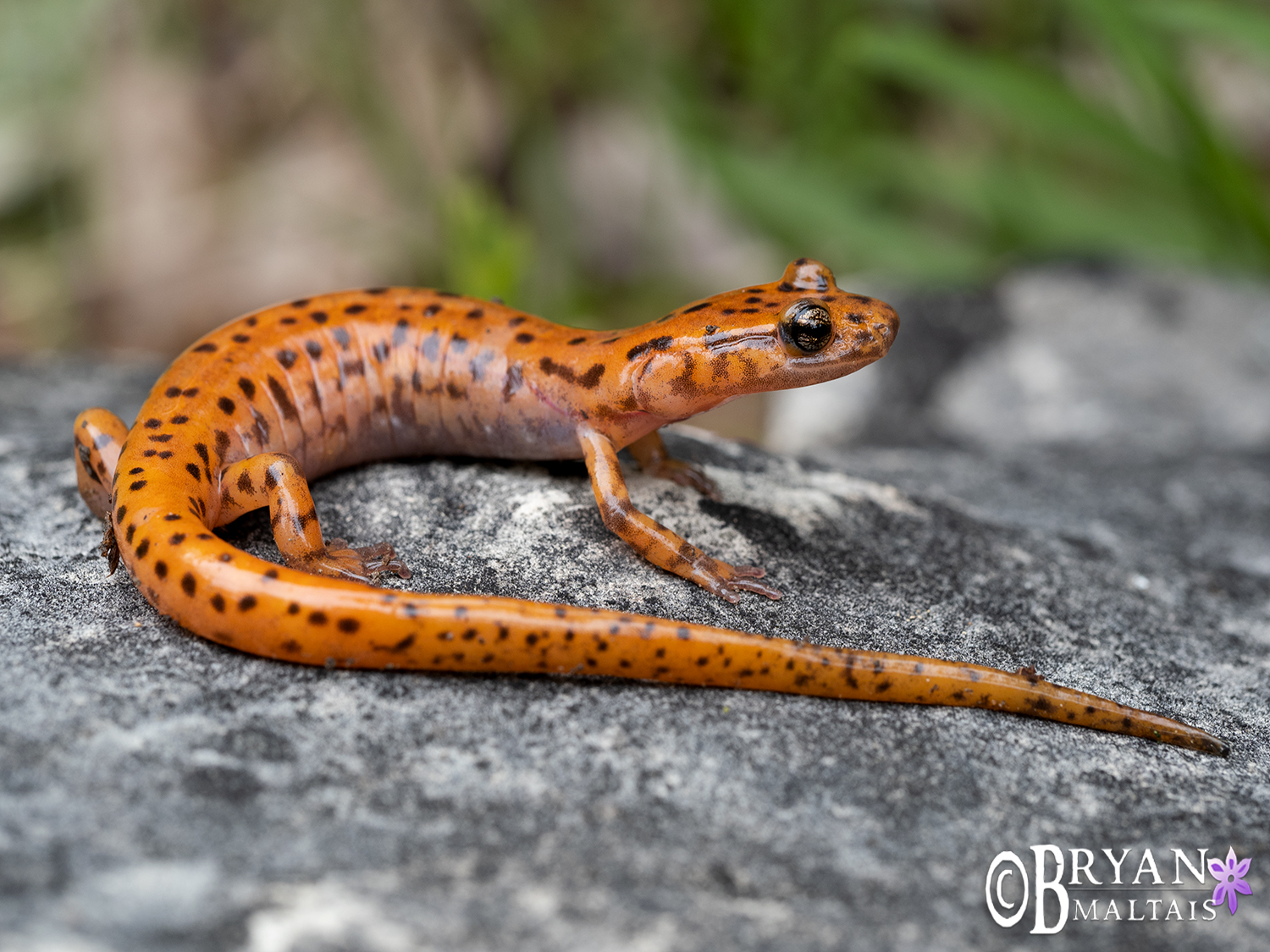
The lovely Cave Salamander lives in the forest and lays its eggs in small, limestone Ozark streams .
Umbrella Paper Wasp
- Rough Earth Snake
- Prairie Ringneck Snake
- Lined Snake
- Western Worm Snake
This is the typical Ozark forest habitat that I explored. It’s composed of Oak-Hickory forest with beautiful flat-bottomed limestone streams.
- Dark-sided Salamander
- Western Slimy Salamander
- 2 millipedes and 2 salamanders
- Small-mouth Salamander
- Mica Cap
- Xylaria
- Snow Fungus
- Leafy Brain
- Stalked Scarlet Cup
- Mica Caps
- Chicken of the Woods
- Leafy Brain
- Bracket Fungus
- Coral Fungus
- Red Chantarelle
By late May I expected the weather to already be hot and drying up in Missouri, but it was unseasonably cool and wet, which kept the forest dotted with colorful and interesting fungi.
- Eastern Shooting Star
- Eastern beebalm
- Spiderwart
Wildflowers on the Glades
As a teenager I was amazed to discover that scorpions live in Missouri. It’s an animal that one usually associates with the desert southwest, and it gave Missouri a more adventurous feel for me. The Striped Bark Scorpion is common in the Ozark hills of southern Missouri. It’s unlikely that such a scorpion would ever purposely sting a human or even strike when being held; you need to put pressure on them to trigger a sting, like accidentally stepping on one. I got stung once when I wrapped my fingers over the bottom edge of a rock to flip it, and I accidentally pressed a scorpion that was clinging to the underside. My middle finger swelled to double its size and hurt like a wasp sting.
- Larger Empty Oak Apple Wasp
- Ocellate Gall Midge
- Plant-parasitic Hemipteran
In trying to observe plants more, and the intertwined ecosystem as a whole, I began noticing odd structures on trees that at first I wasn’t sure if they were maladies or natural structures. I was fascinated to learn that the Oak Apple looks like part of the tree, but is actually a nursery chamber of a parasitic wasp larvae. When the mother wasp injects the egg into the tree tissue, she includes chemicals that mimic the tree’s hormones and cause the tree to build a gall around the wasp egg. Bizarre! Similarly, the red eye spots on the maple leaf are caused when a Midge (a tiny fly) lays eggs on the leaf causing the plant tissue to form a red gall around the egg. The egg hatches as a maggot, which consumes the leaf tissue to become an adult midge. In the right photo, the yellow cones that look like peanut butter chips stuck to a leaf contain the larvae of plant-parasitic Hemipterans (little true bugs).
- Southern Leopard Frog
- Fowler’s Toad
- Green Frog
- Plains Leopard Frog
- Green Frog in situ
- Blanchard’s Cricket Frog
Frogs and Toads
- Prairie Lizard
- Six-lined Racerunner
- Broadhead Skink
- Northern Black Widow
Lizards are highly variable in their dispositions. Most run away before you even notice them. The male Prairie lizard above with his turquoise mating colors apparently mistook me for a competing male lizard and stood his ground doing pushups to scare me off. He’s only the size of a finger. I spotted the large Broadhead Skink sitting on a log because his scales shone among the drab leaves. He allowed me to get very close and do a whole photo session without running away.
- Gastropod Eggs
- Three-toed Box Turtle

